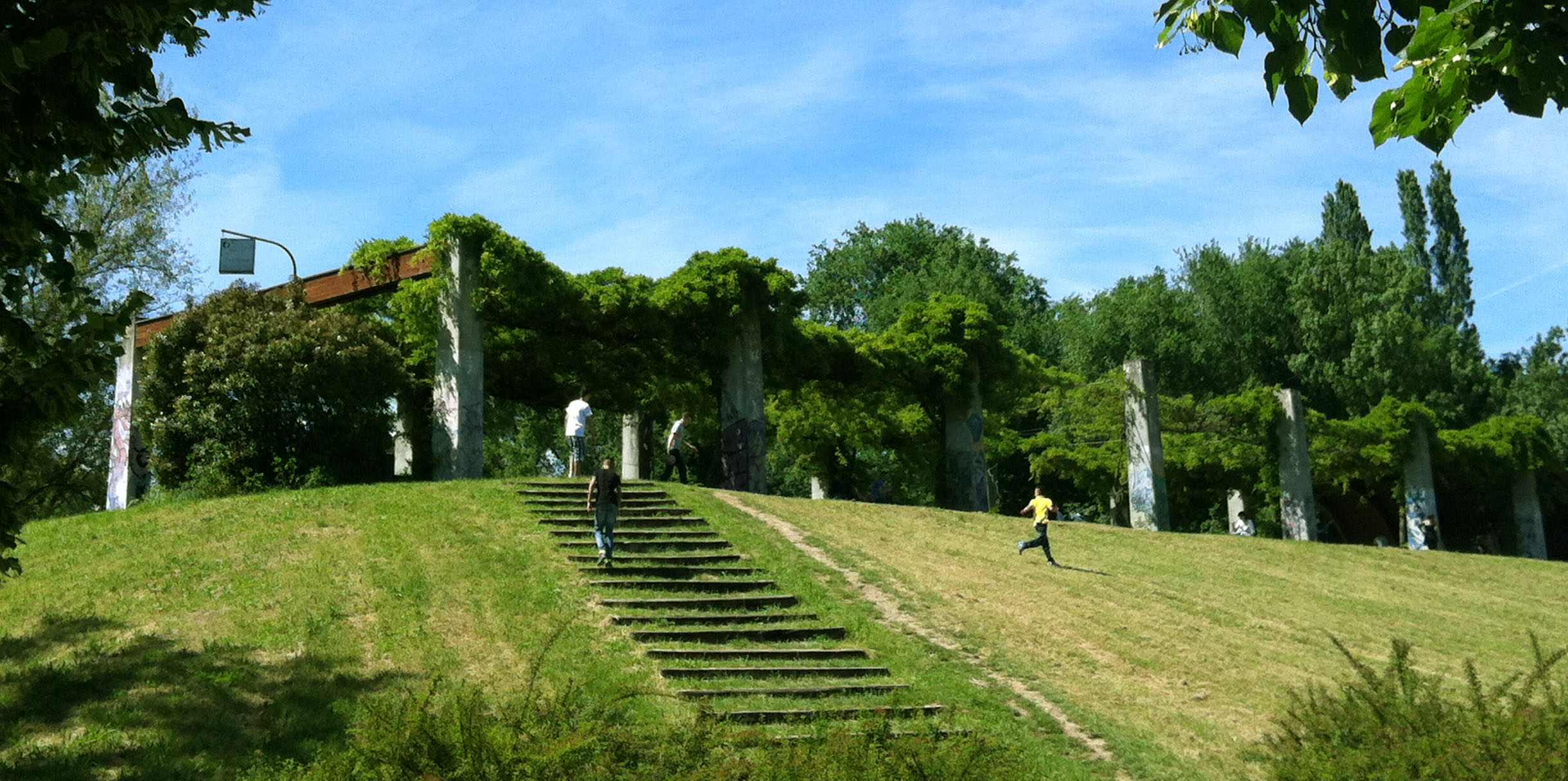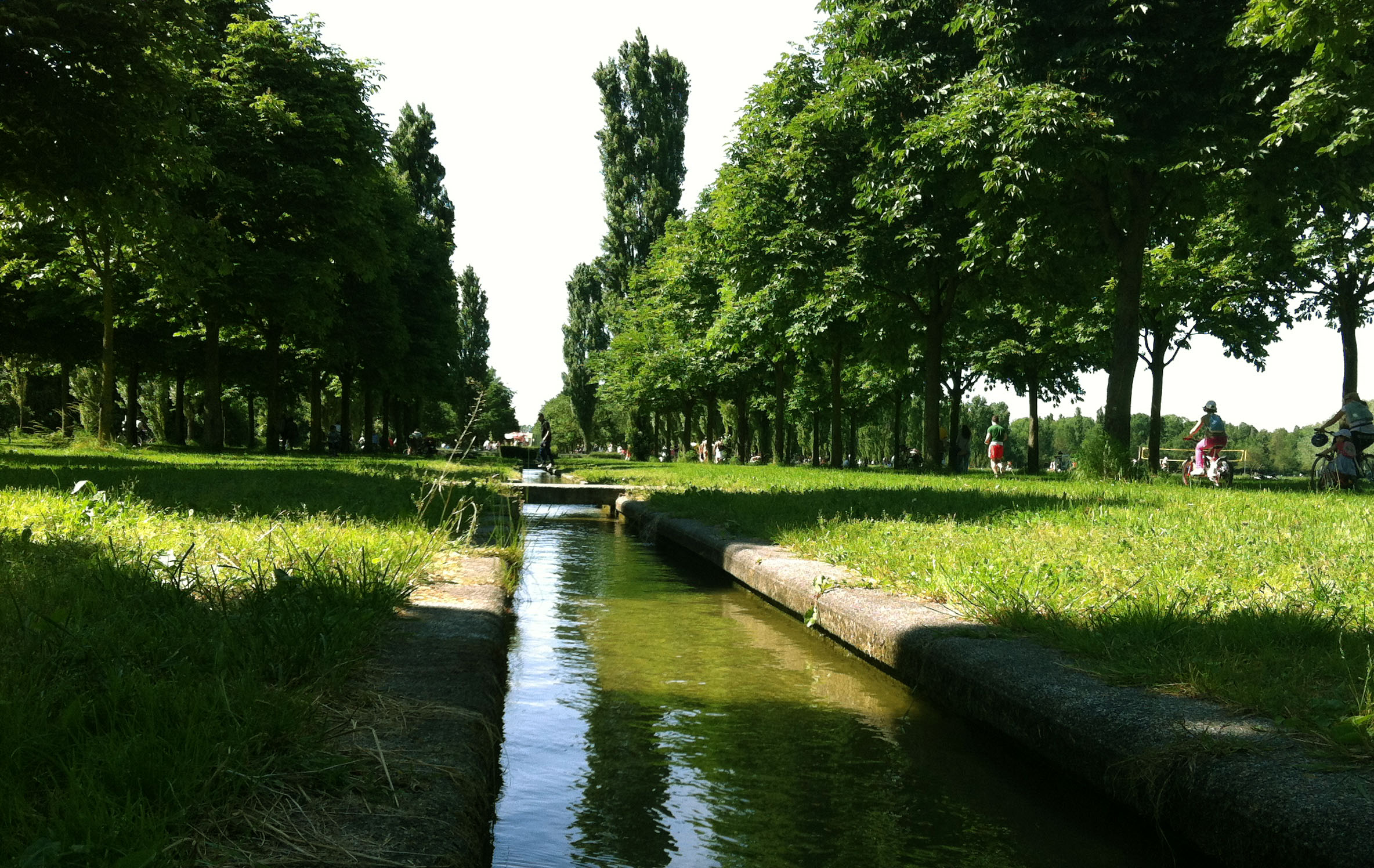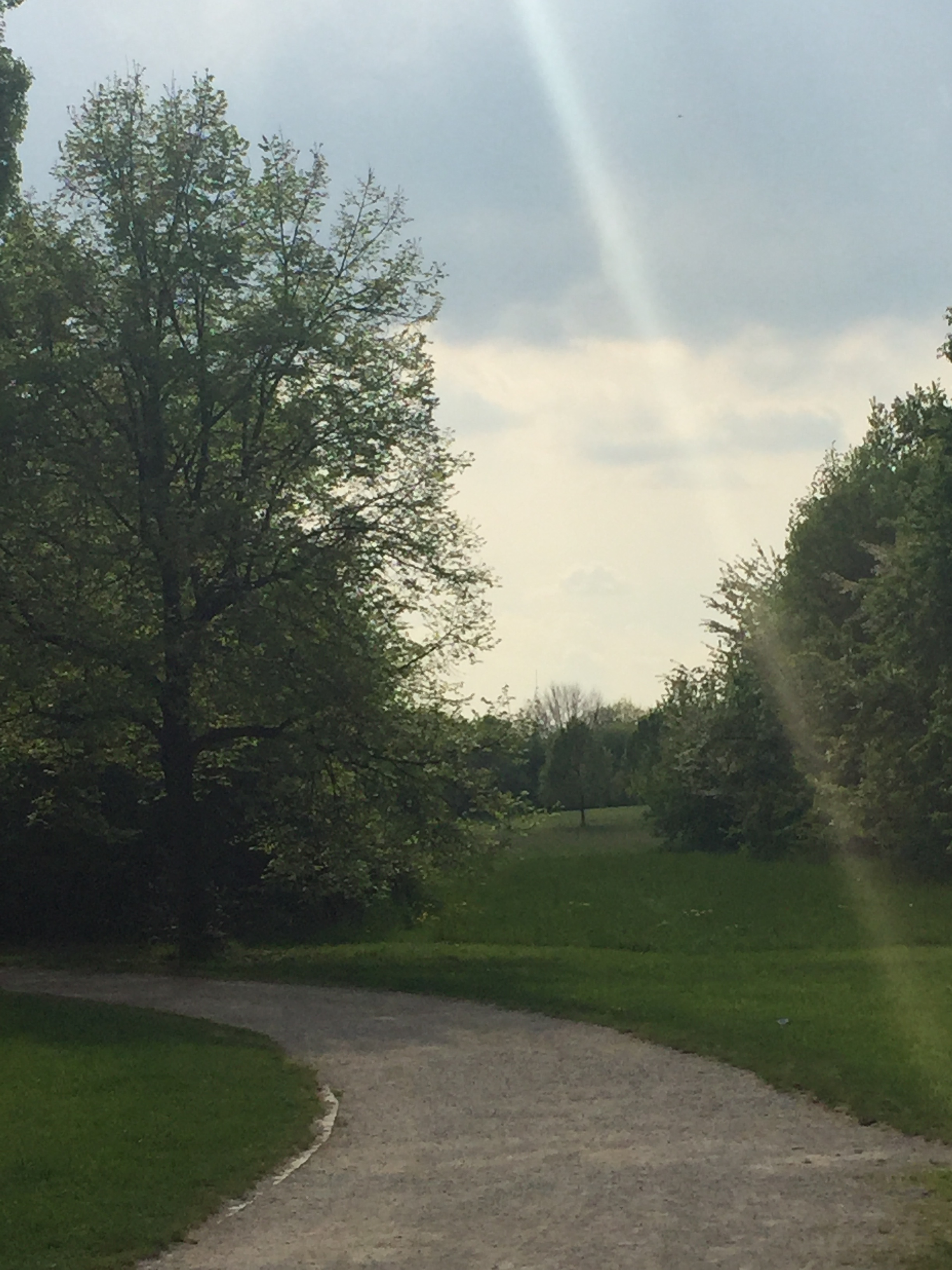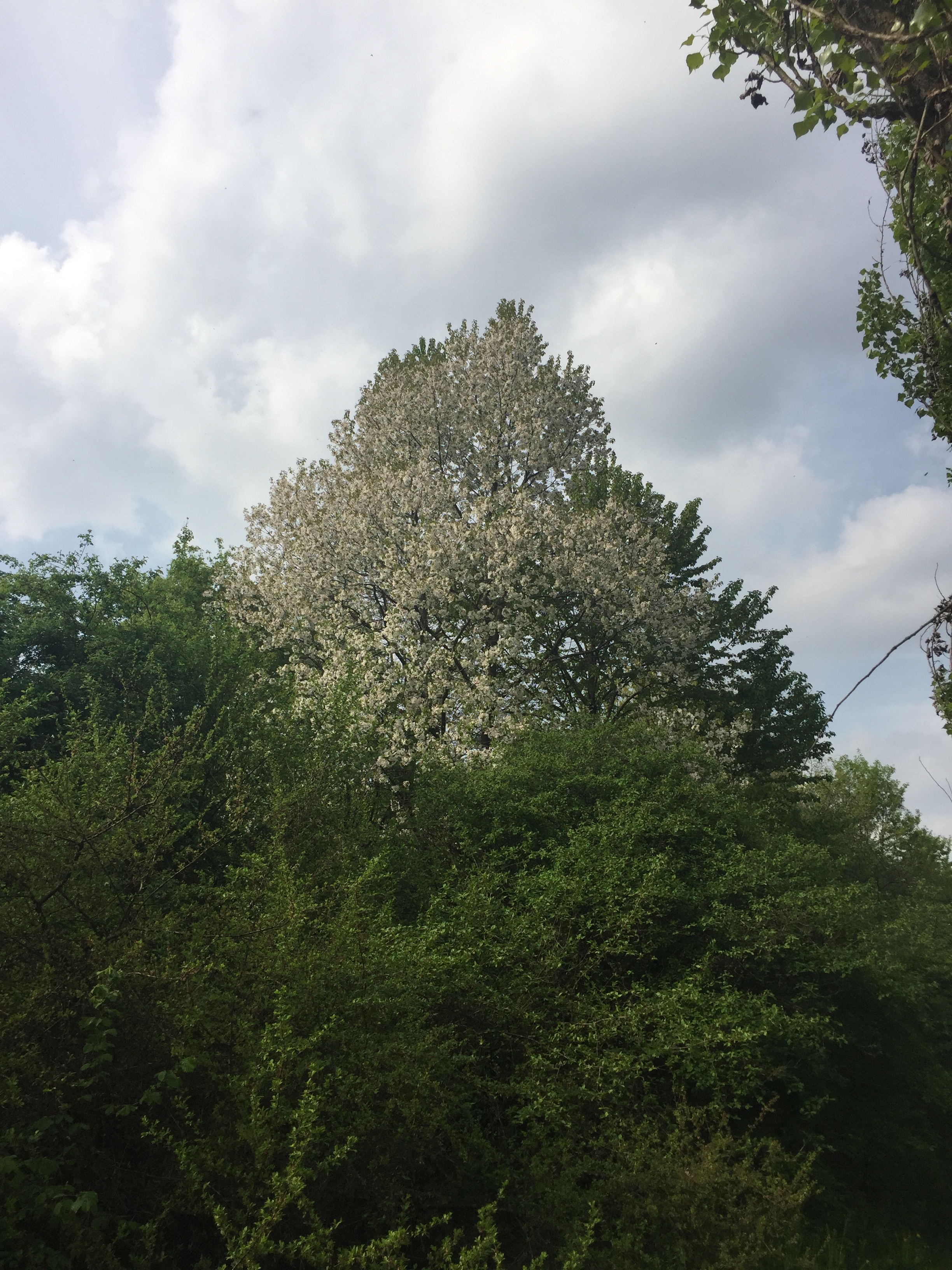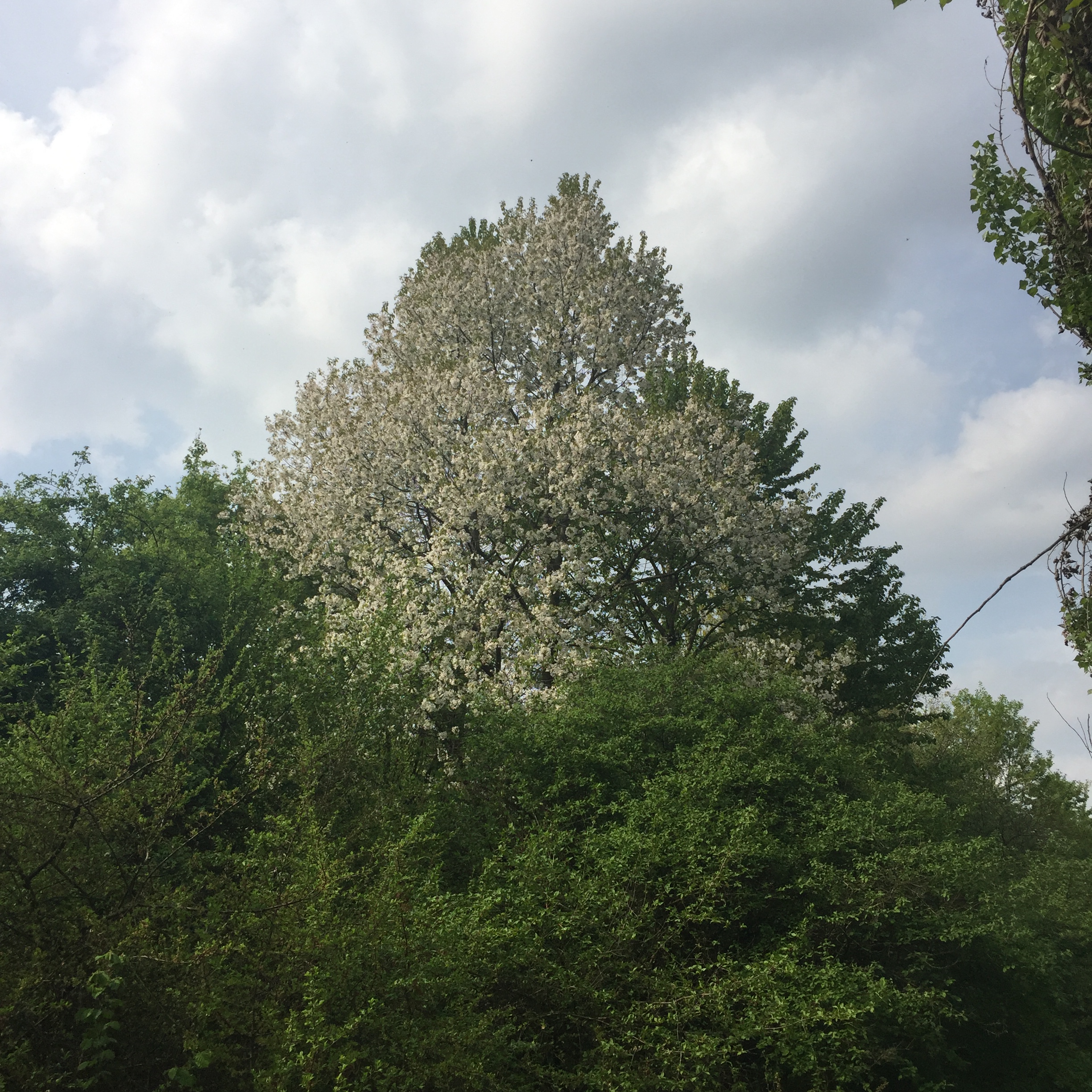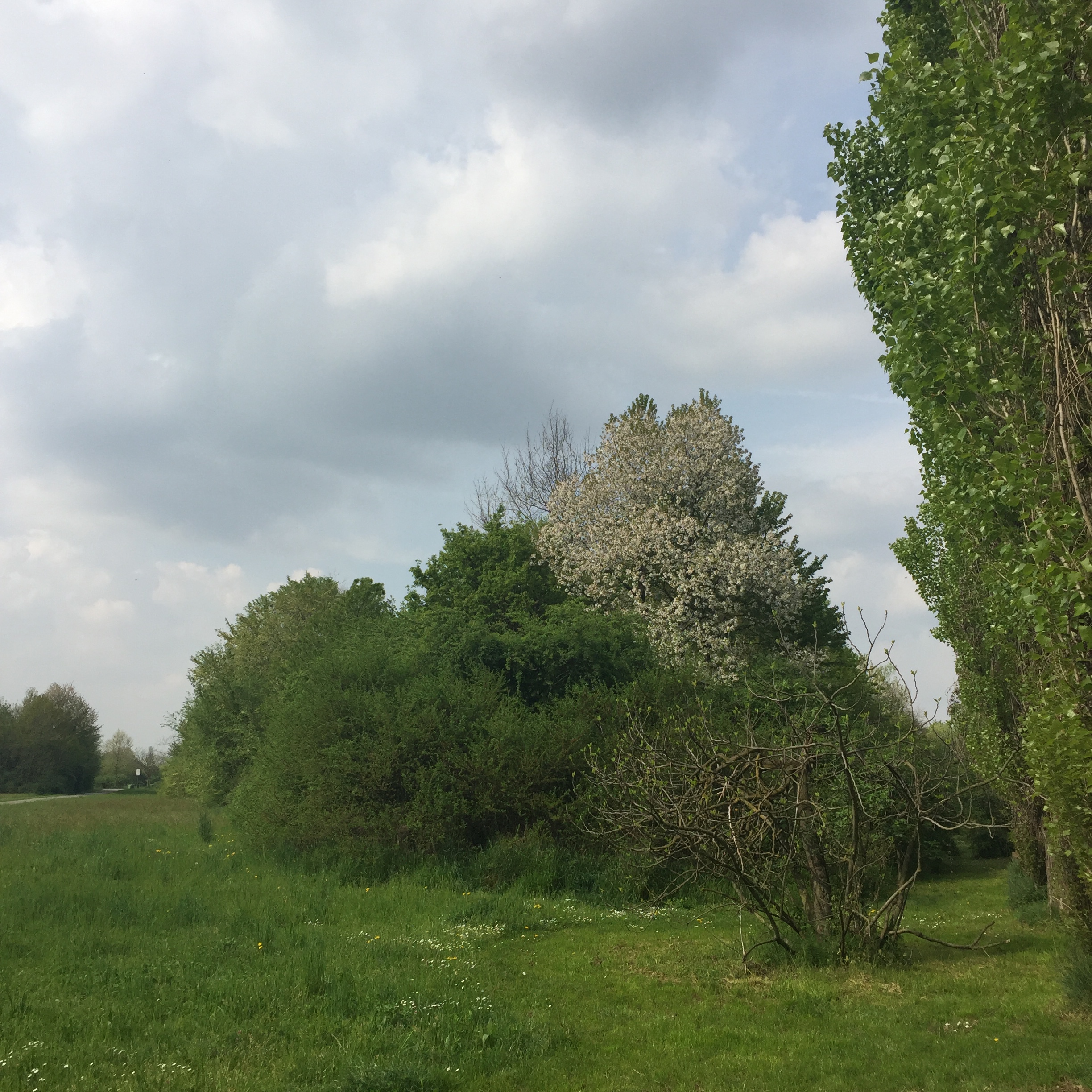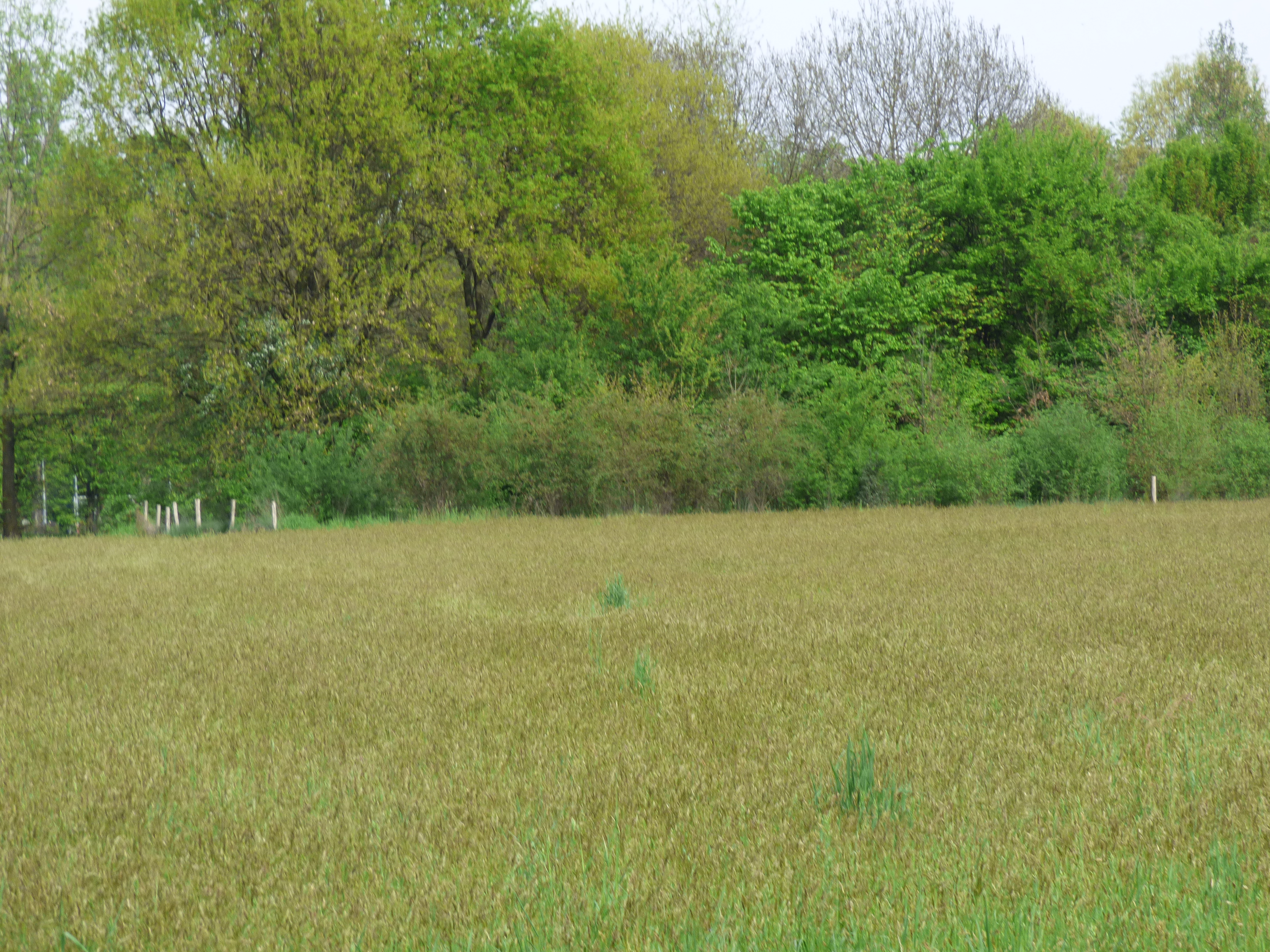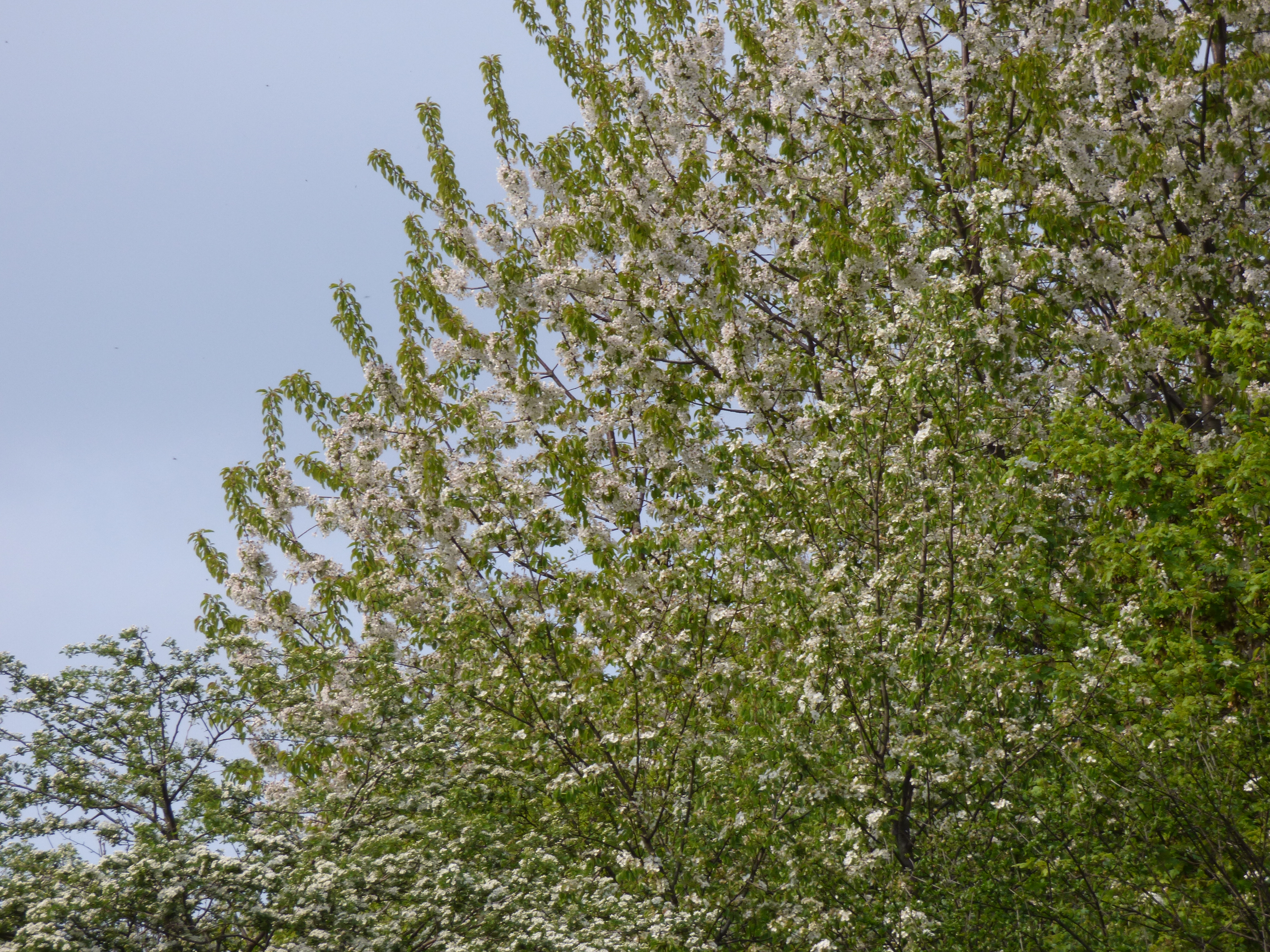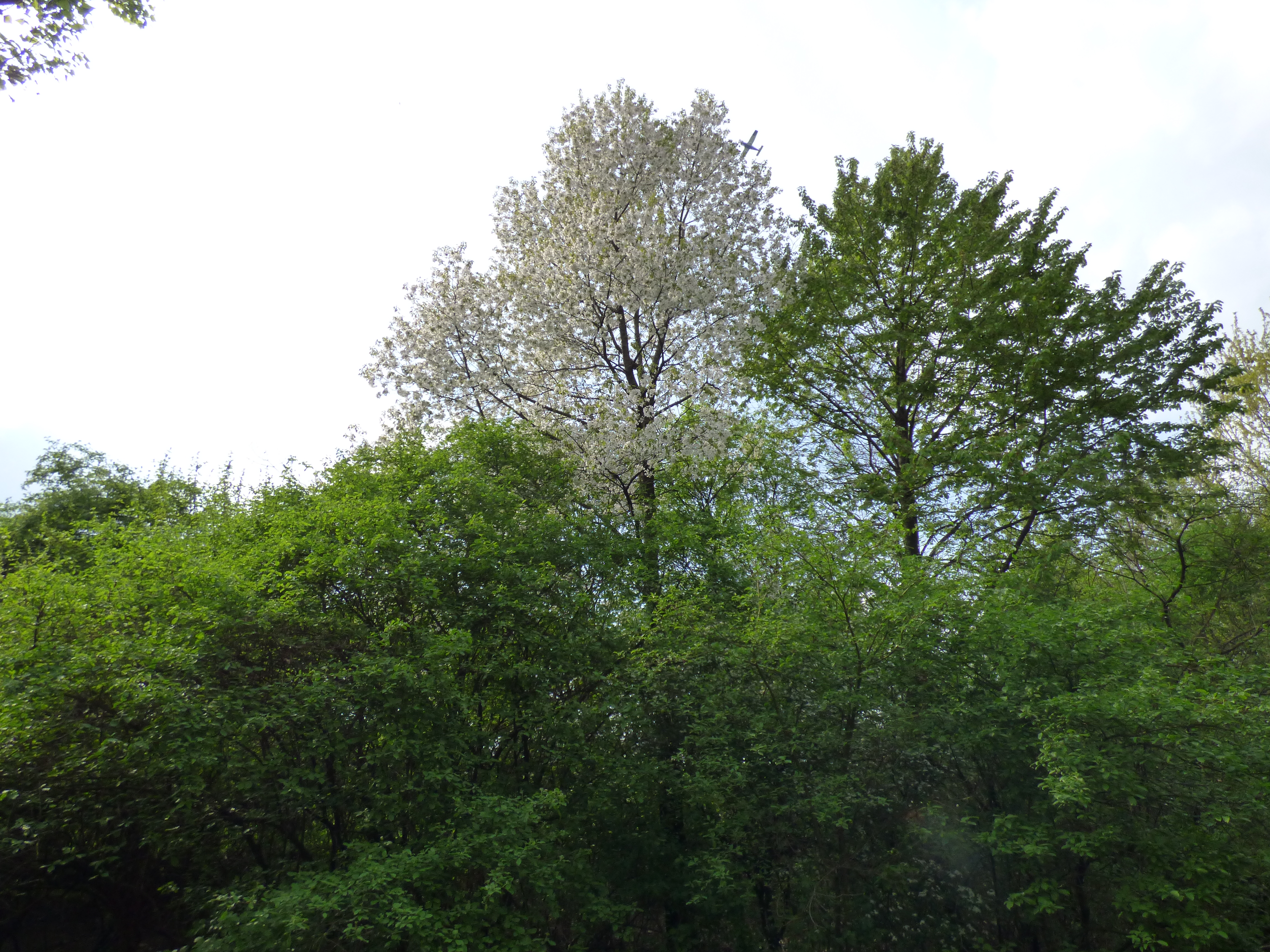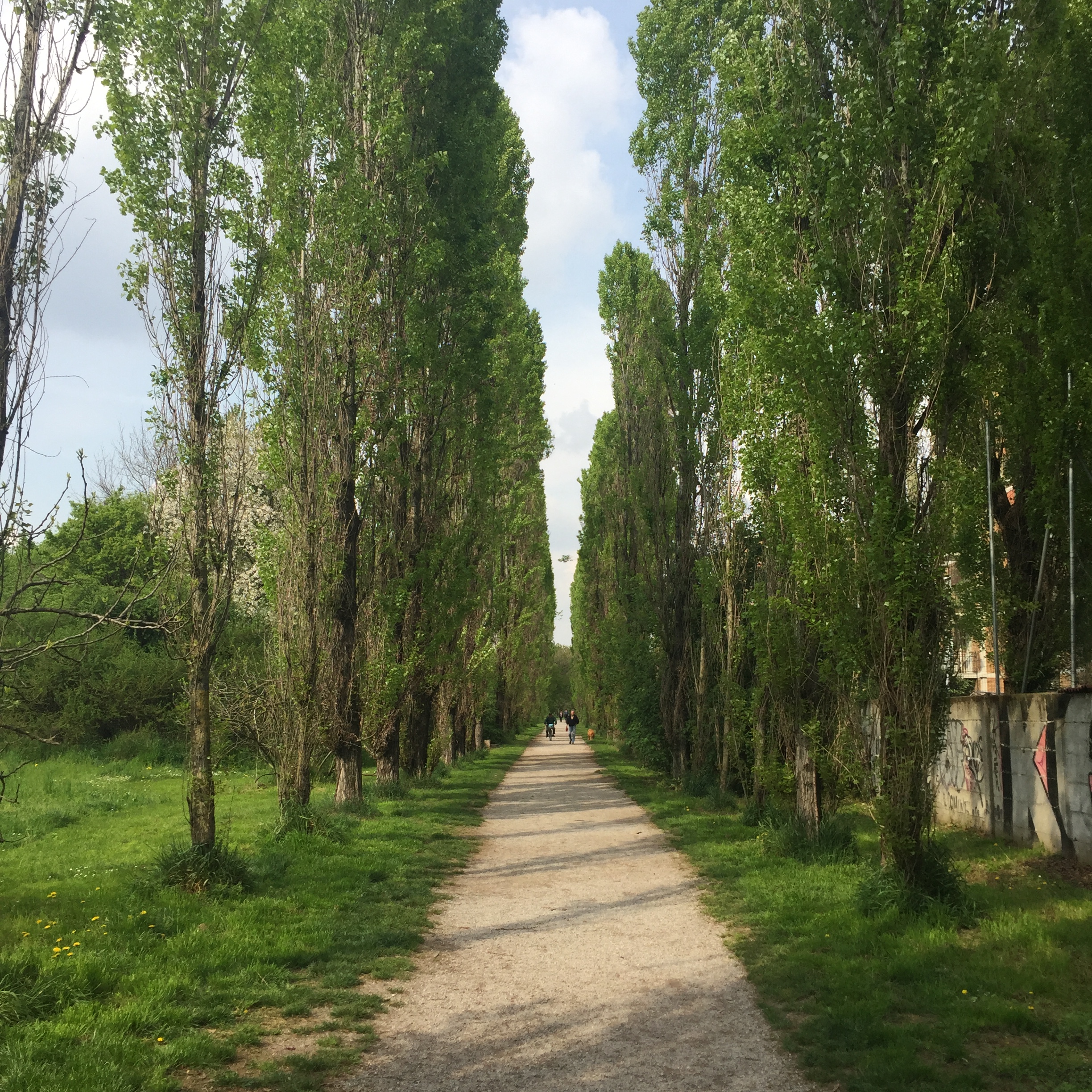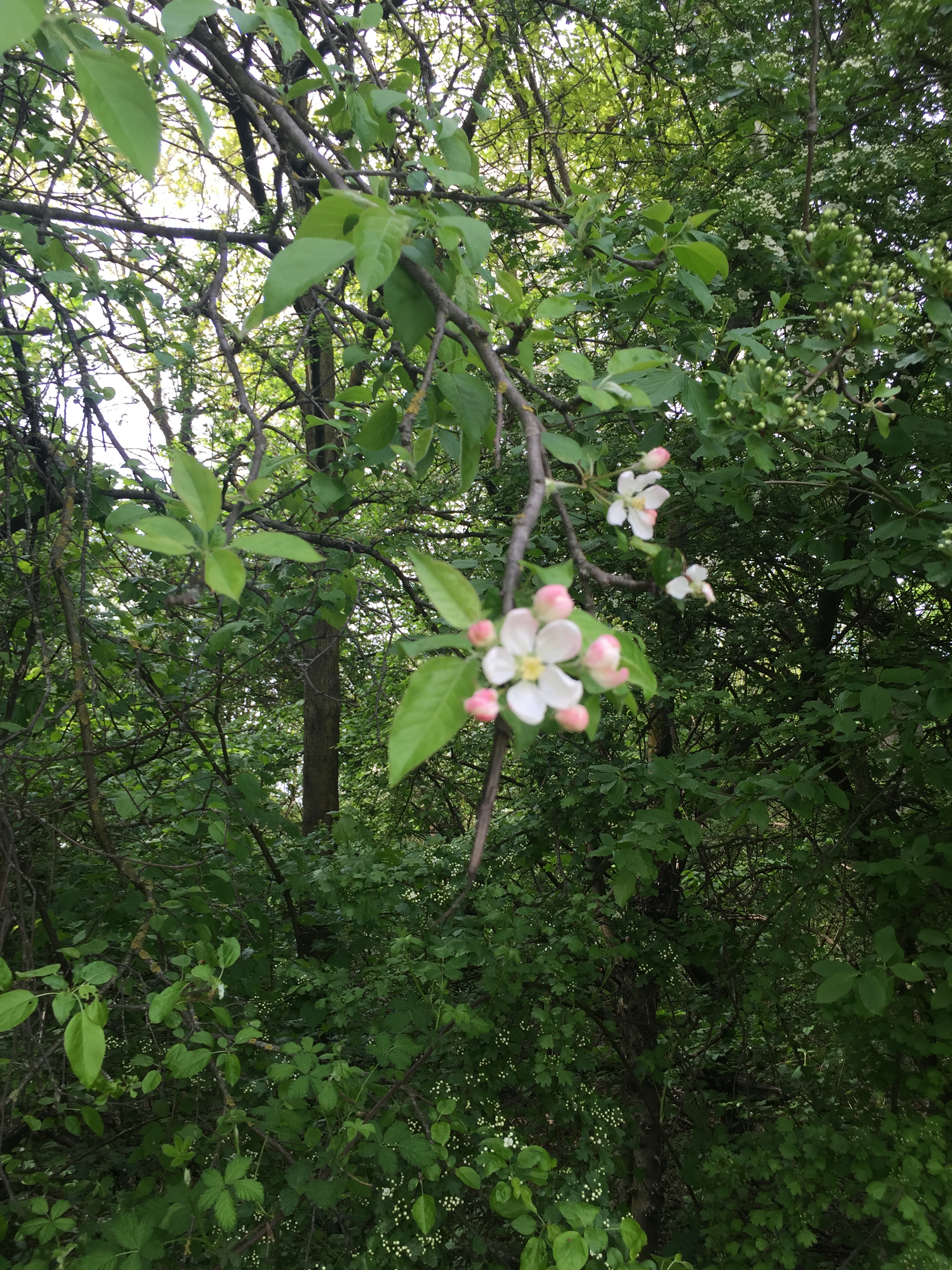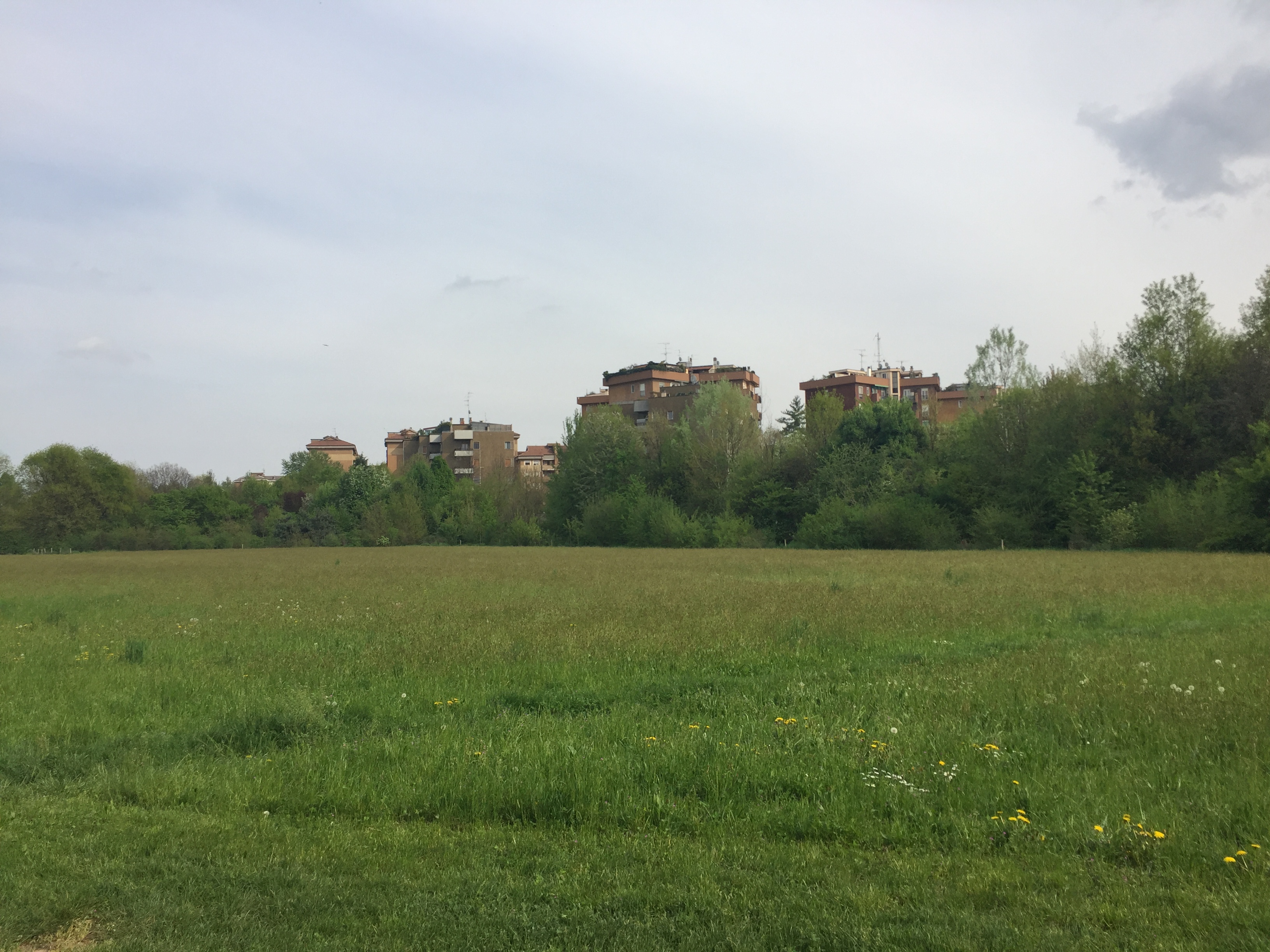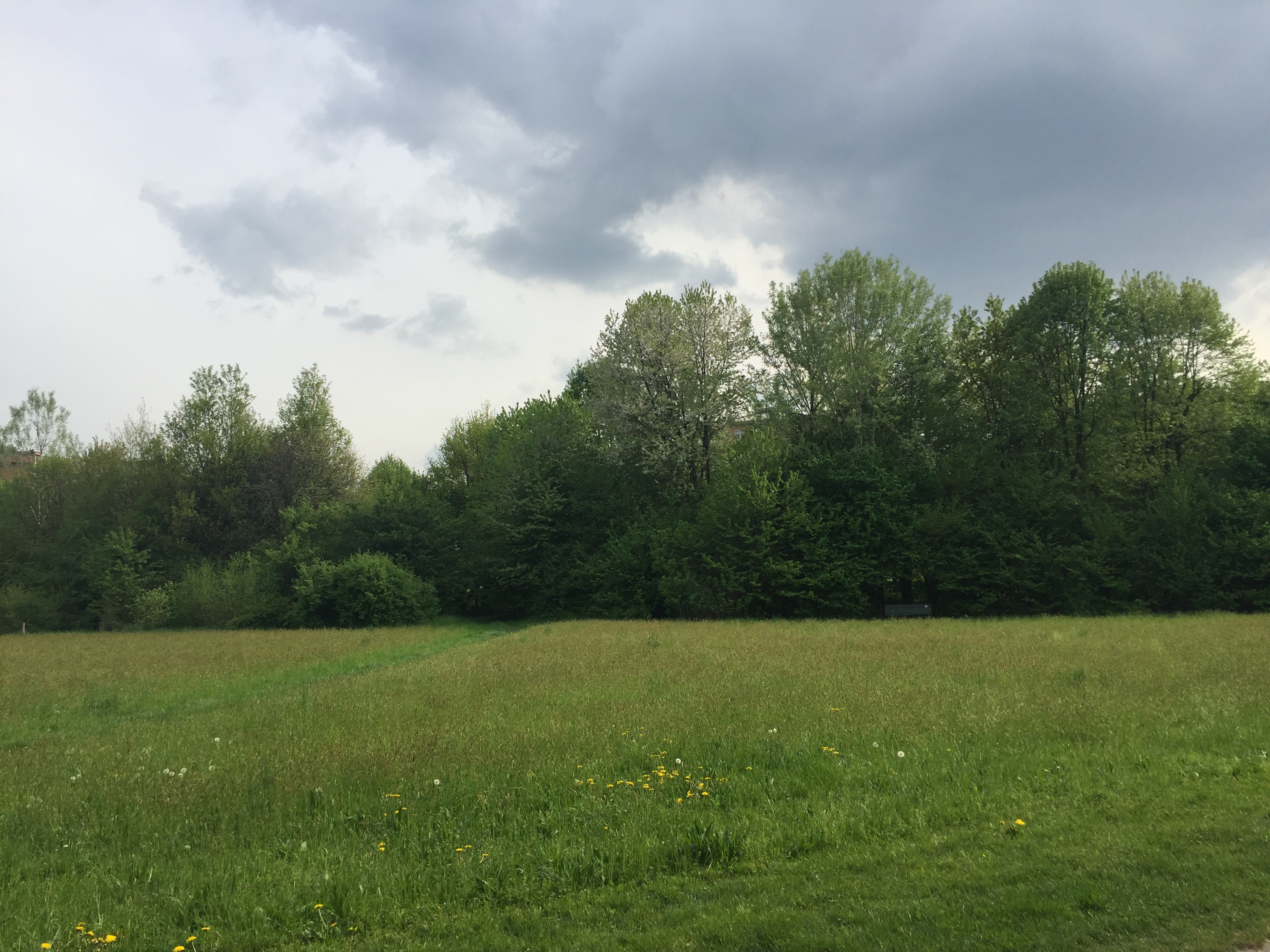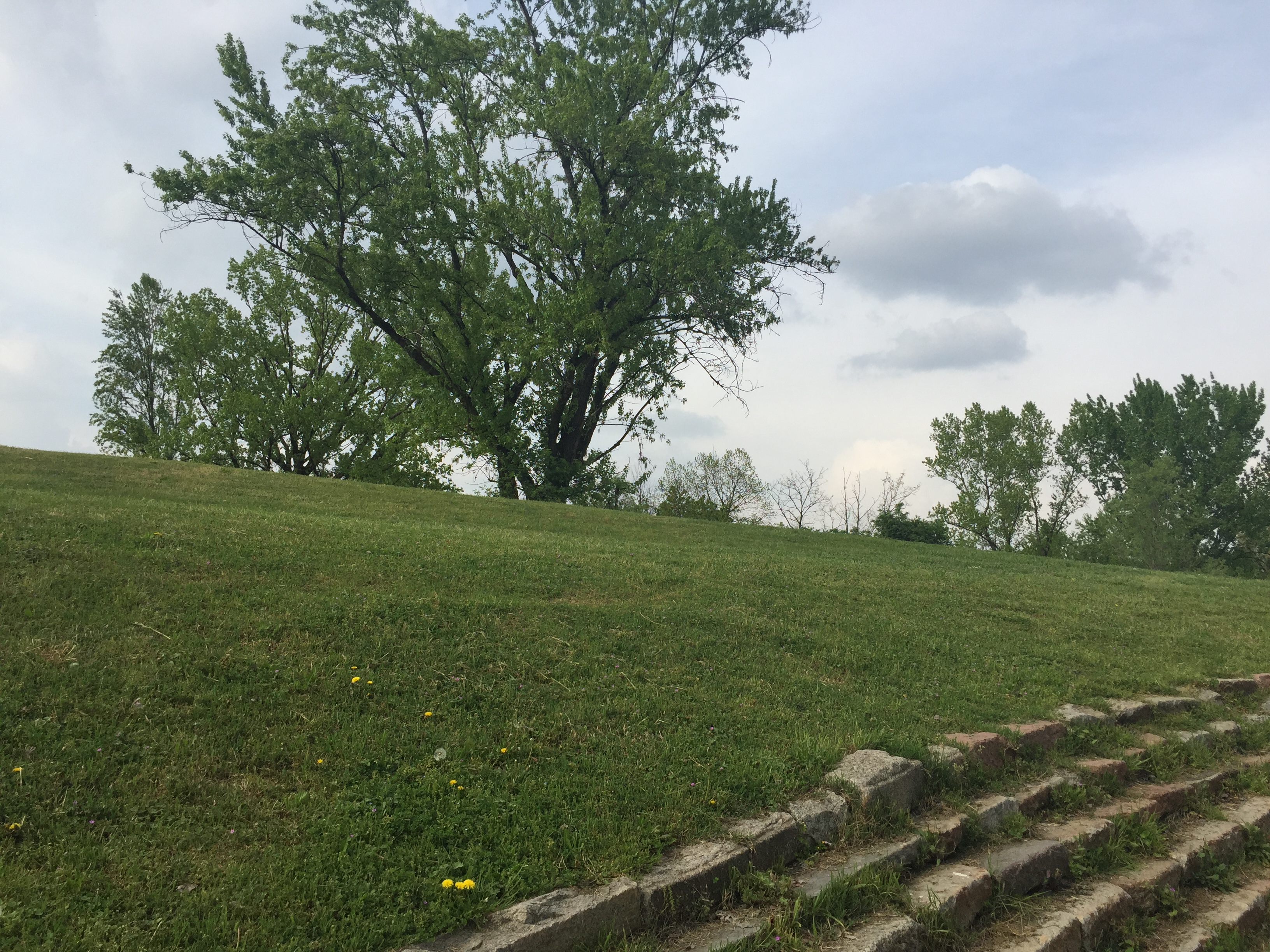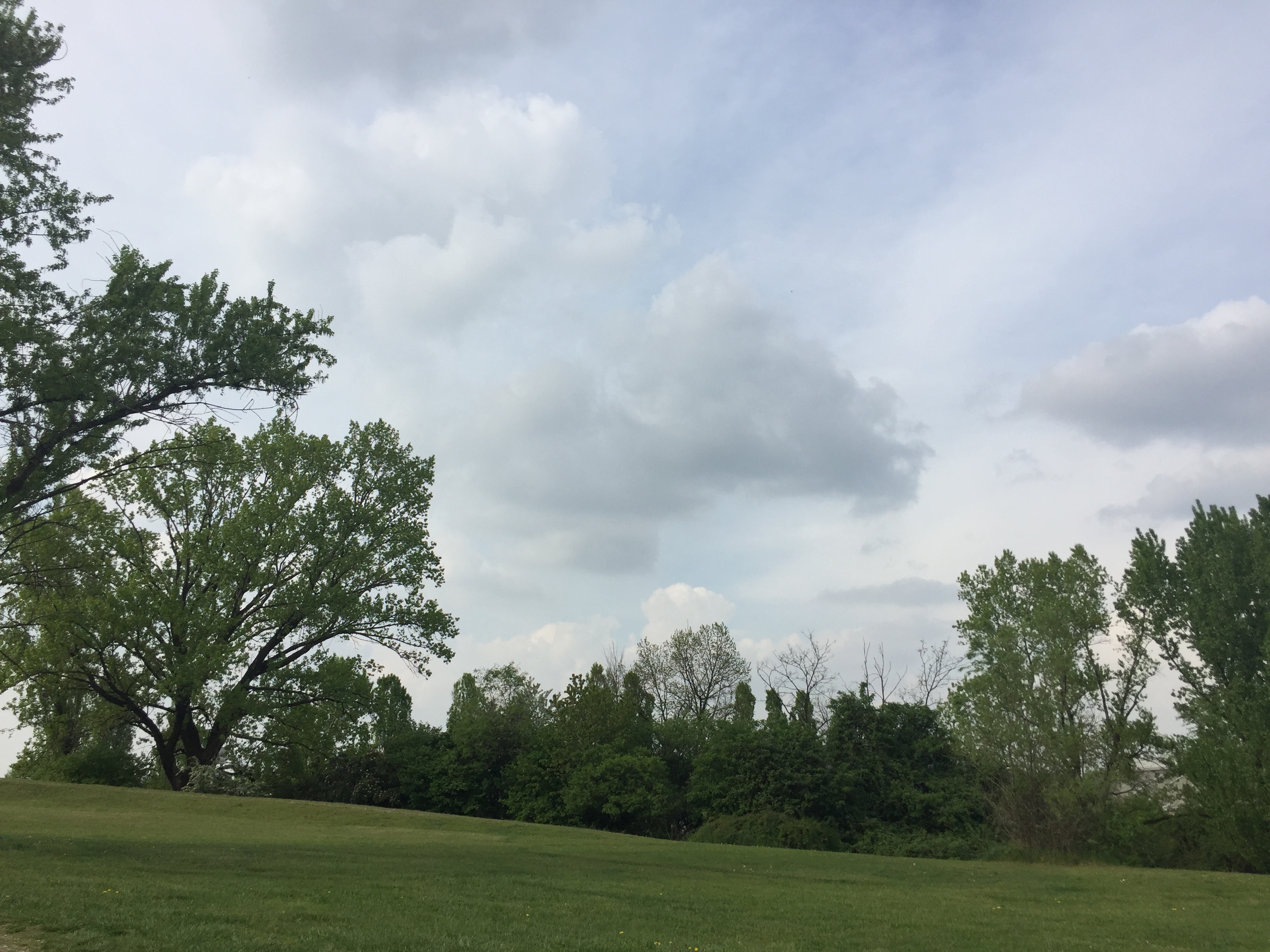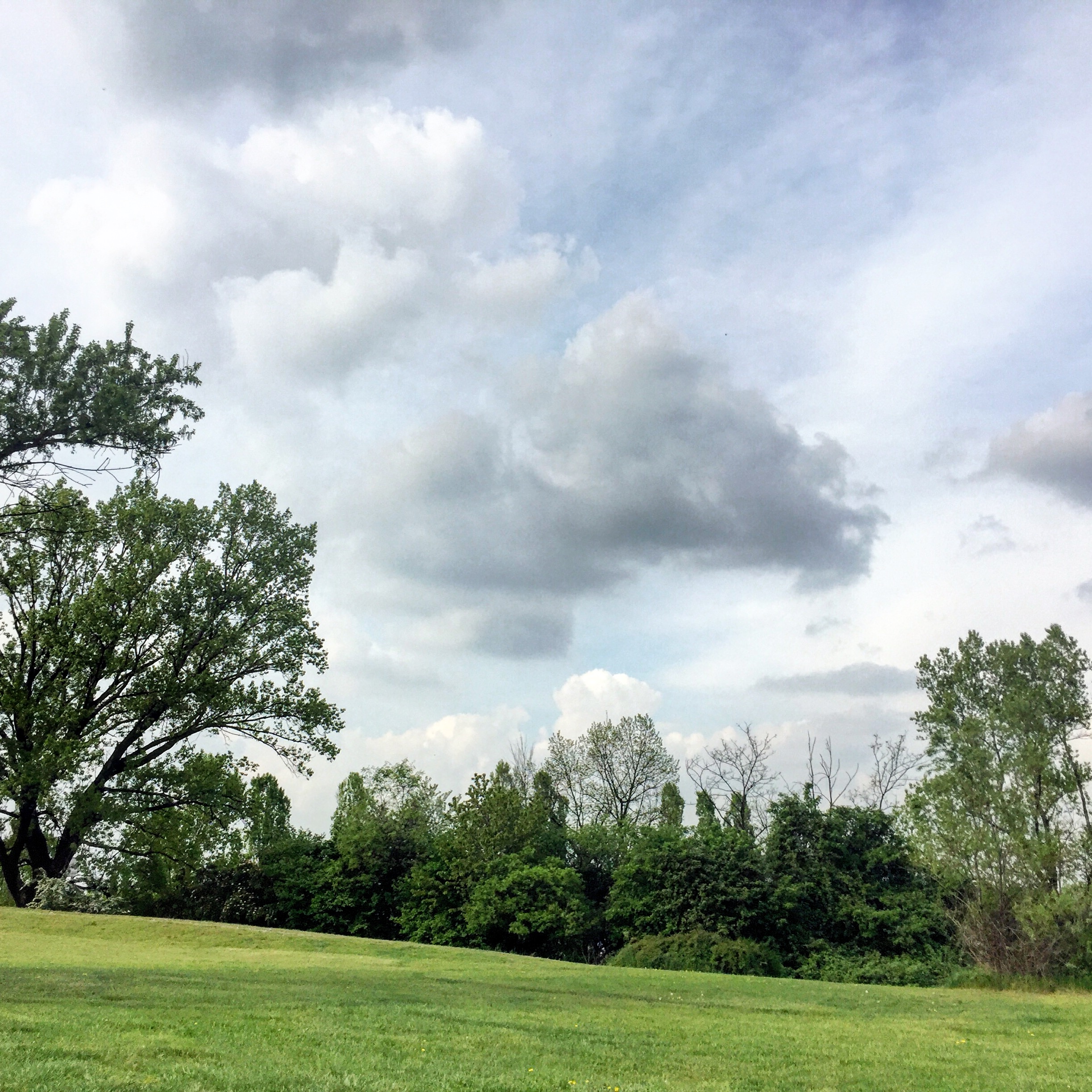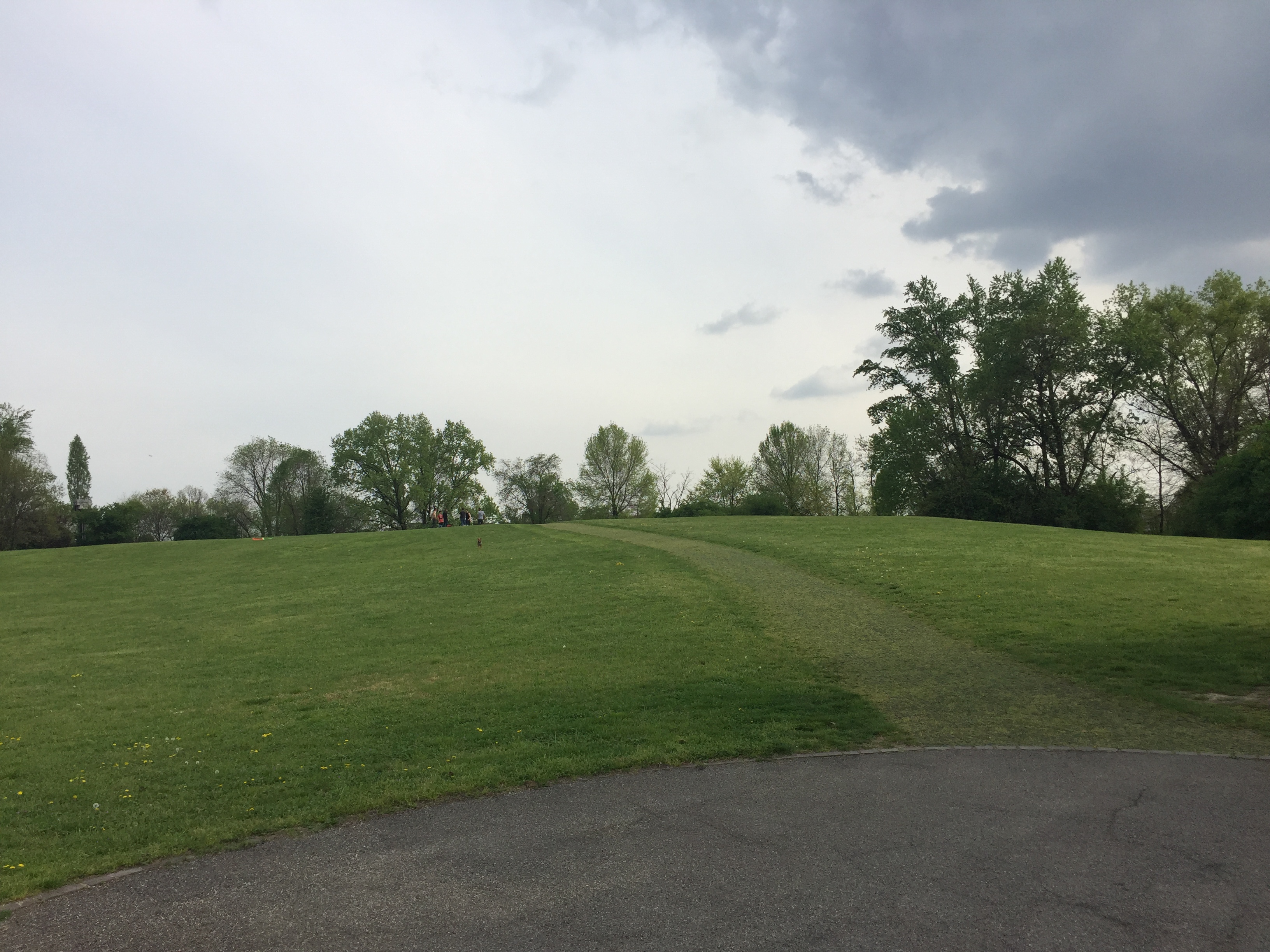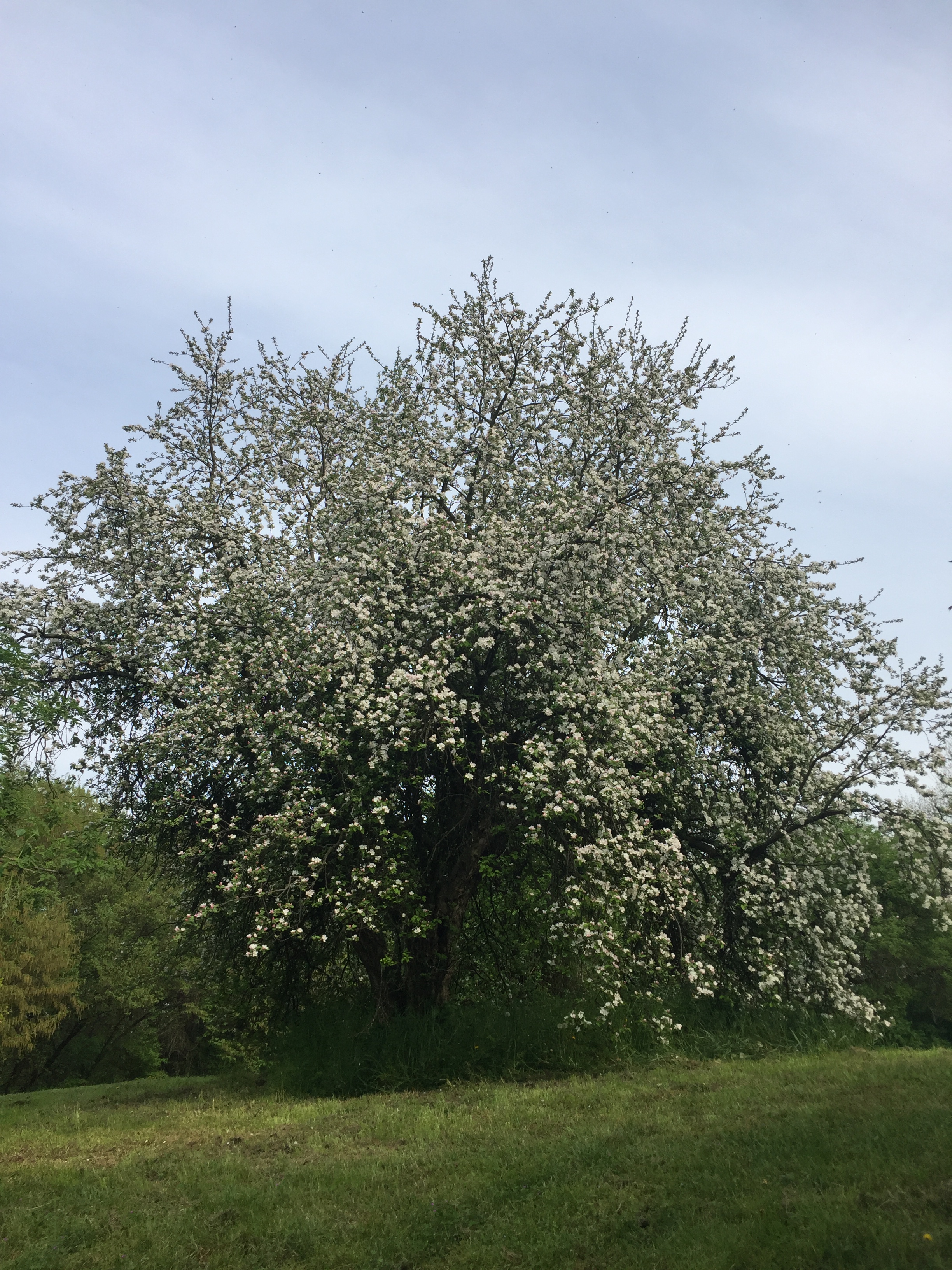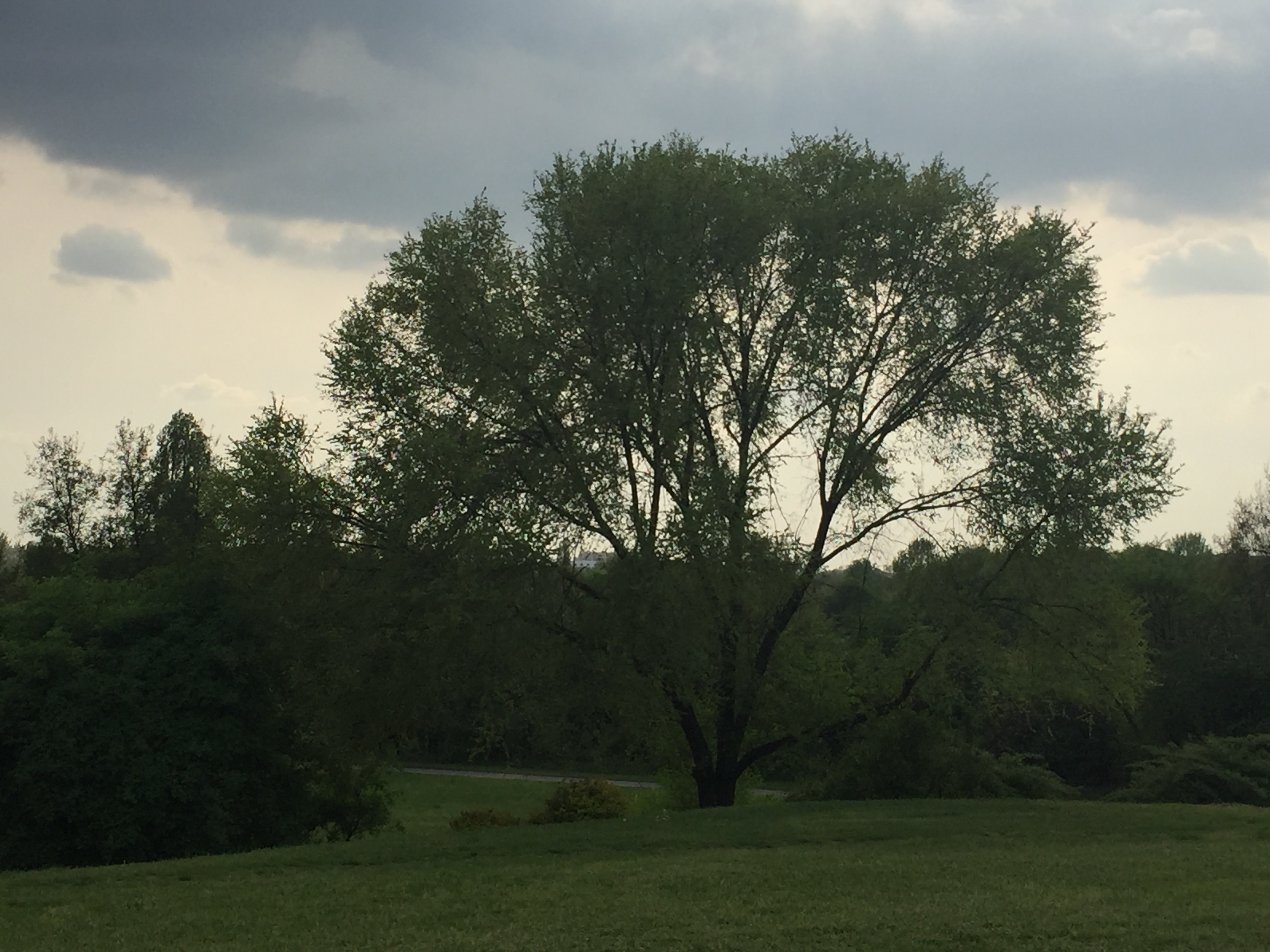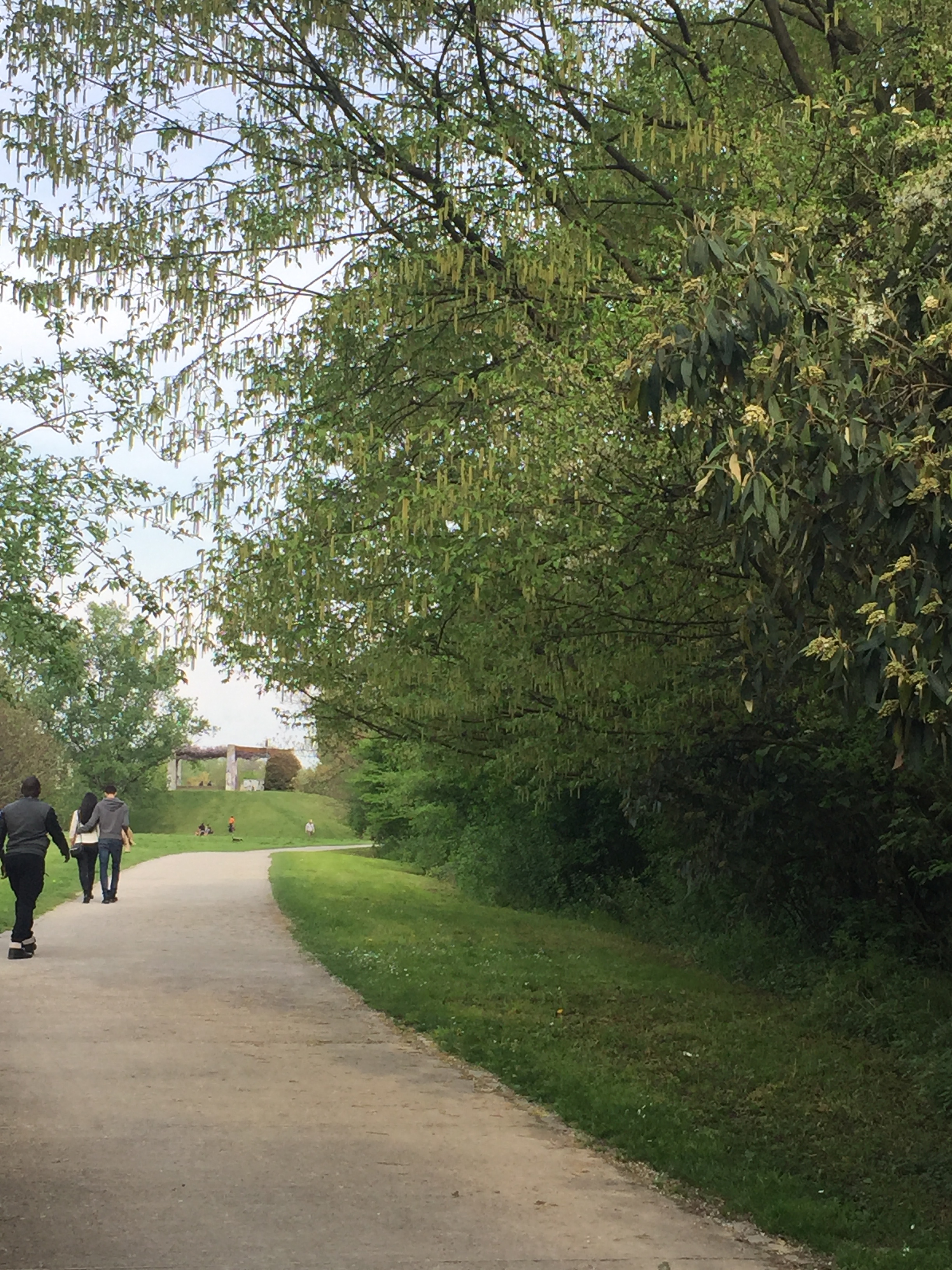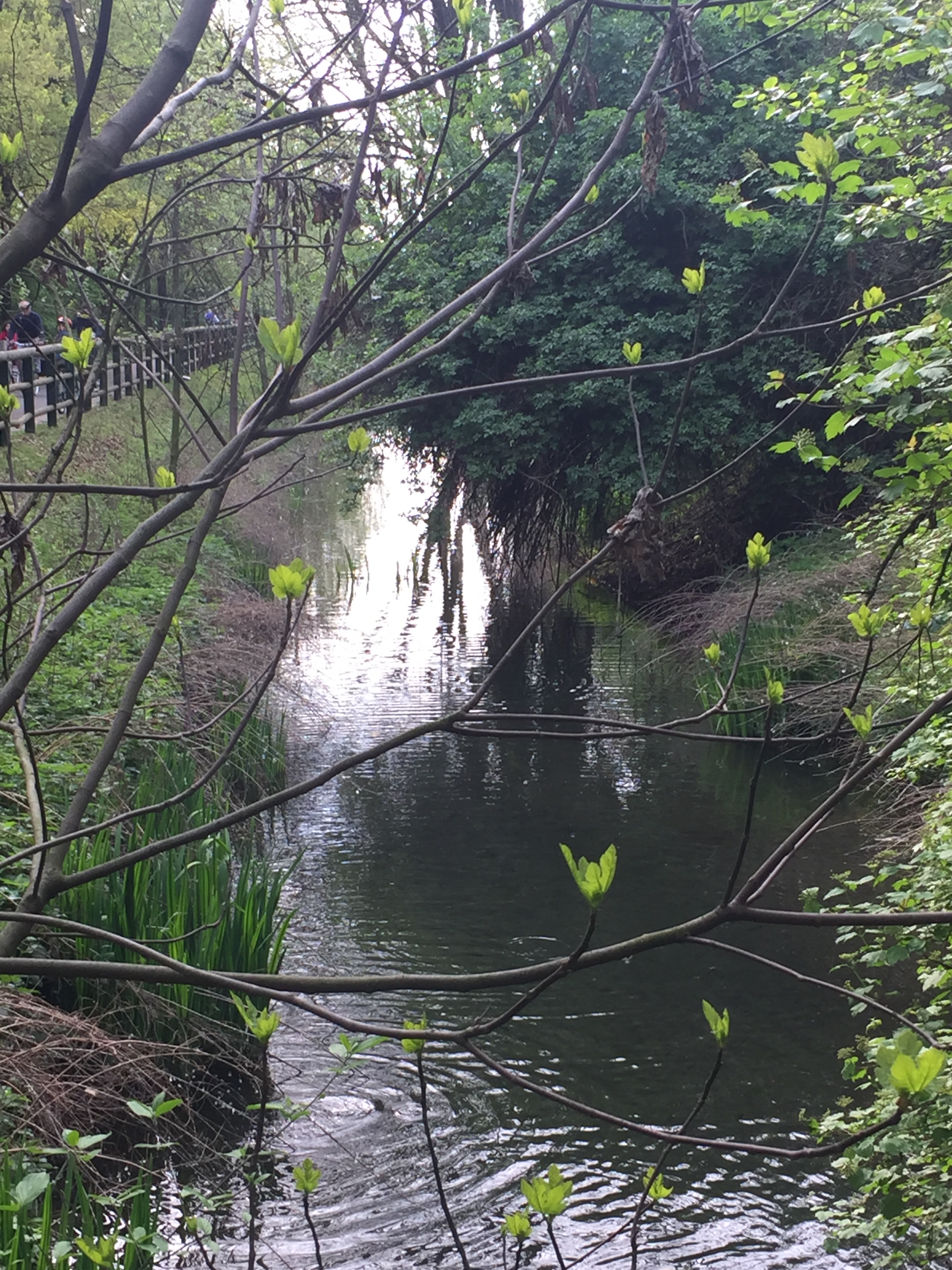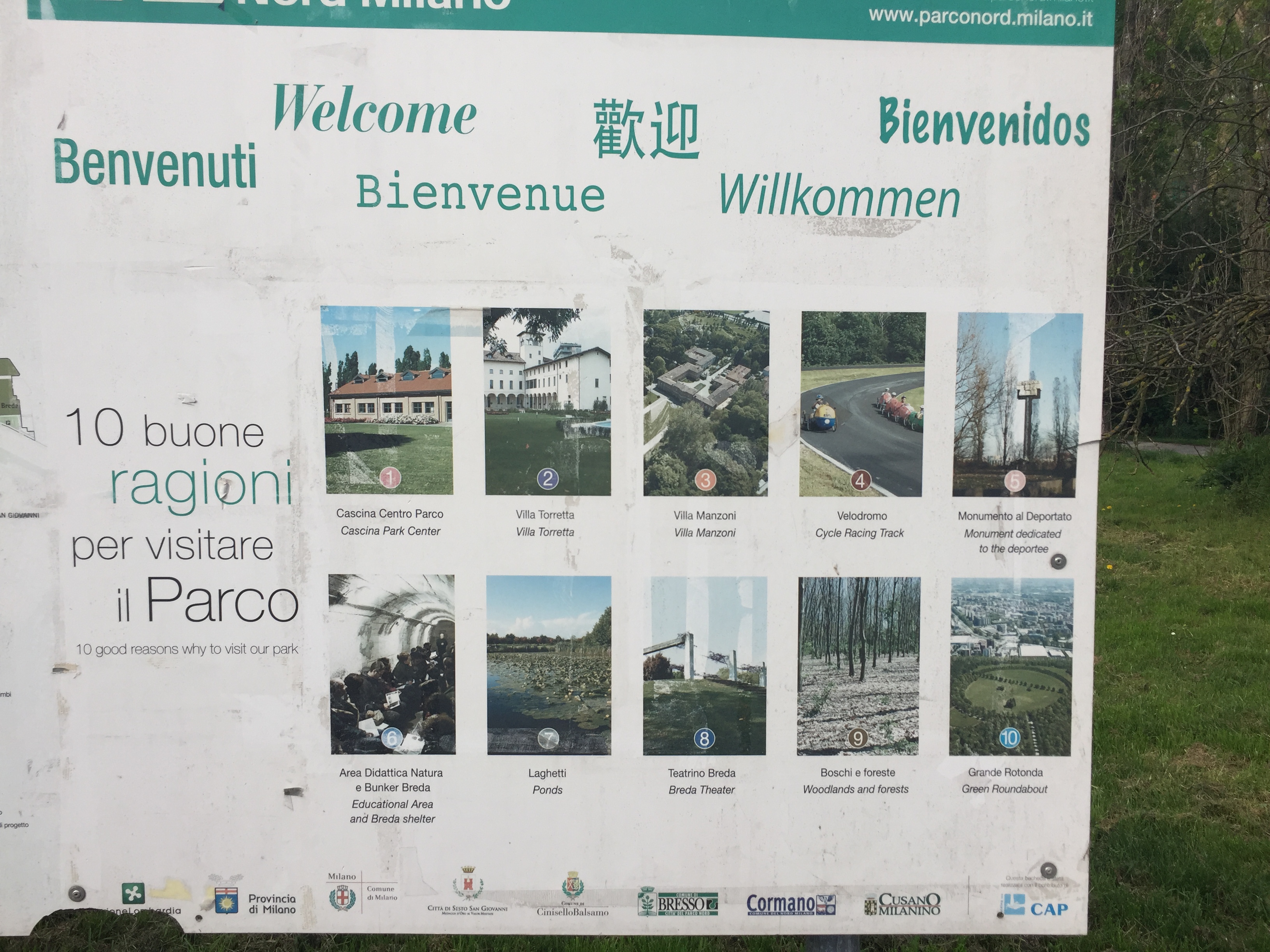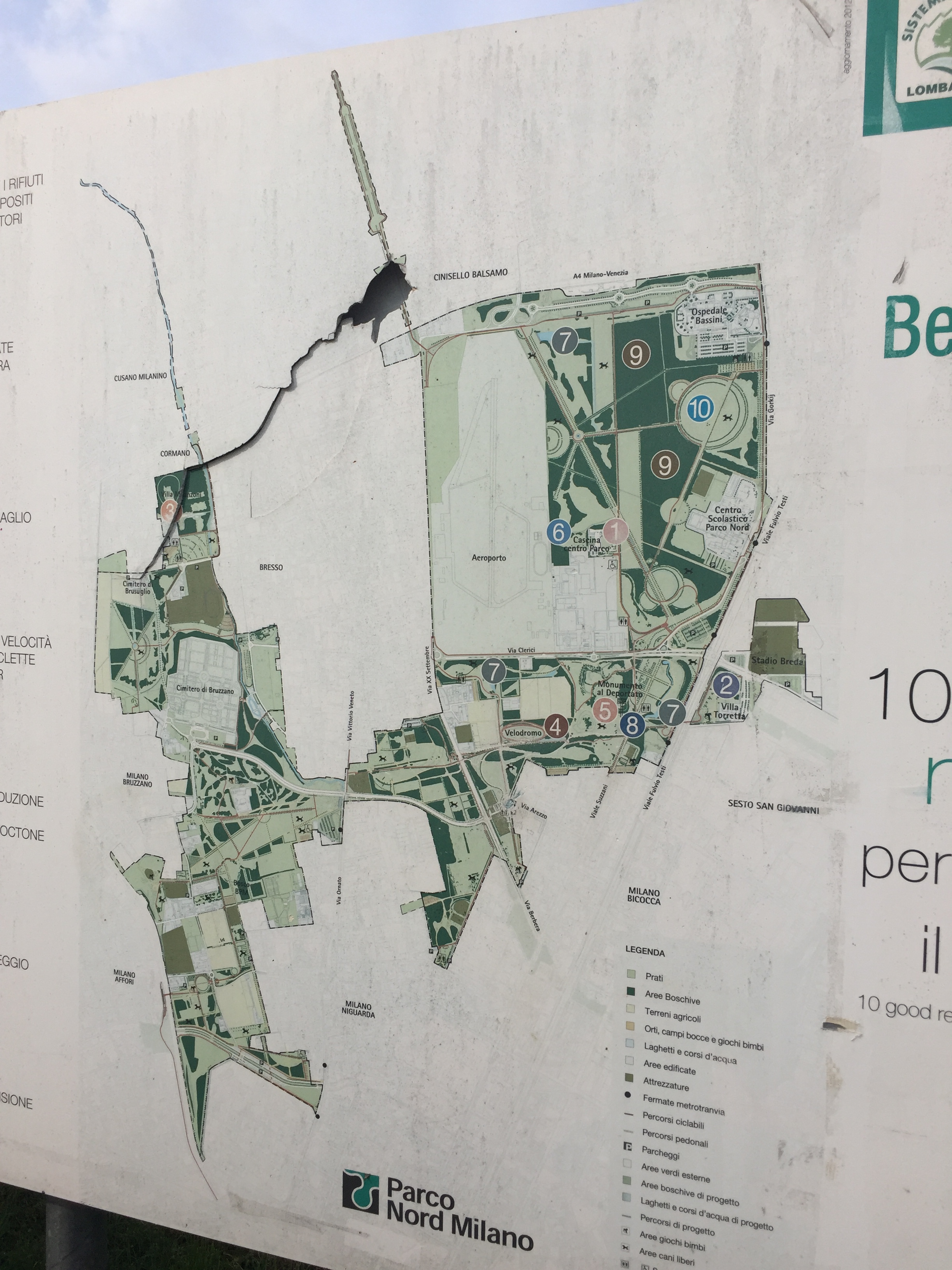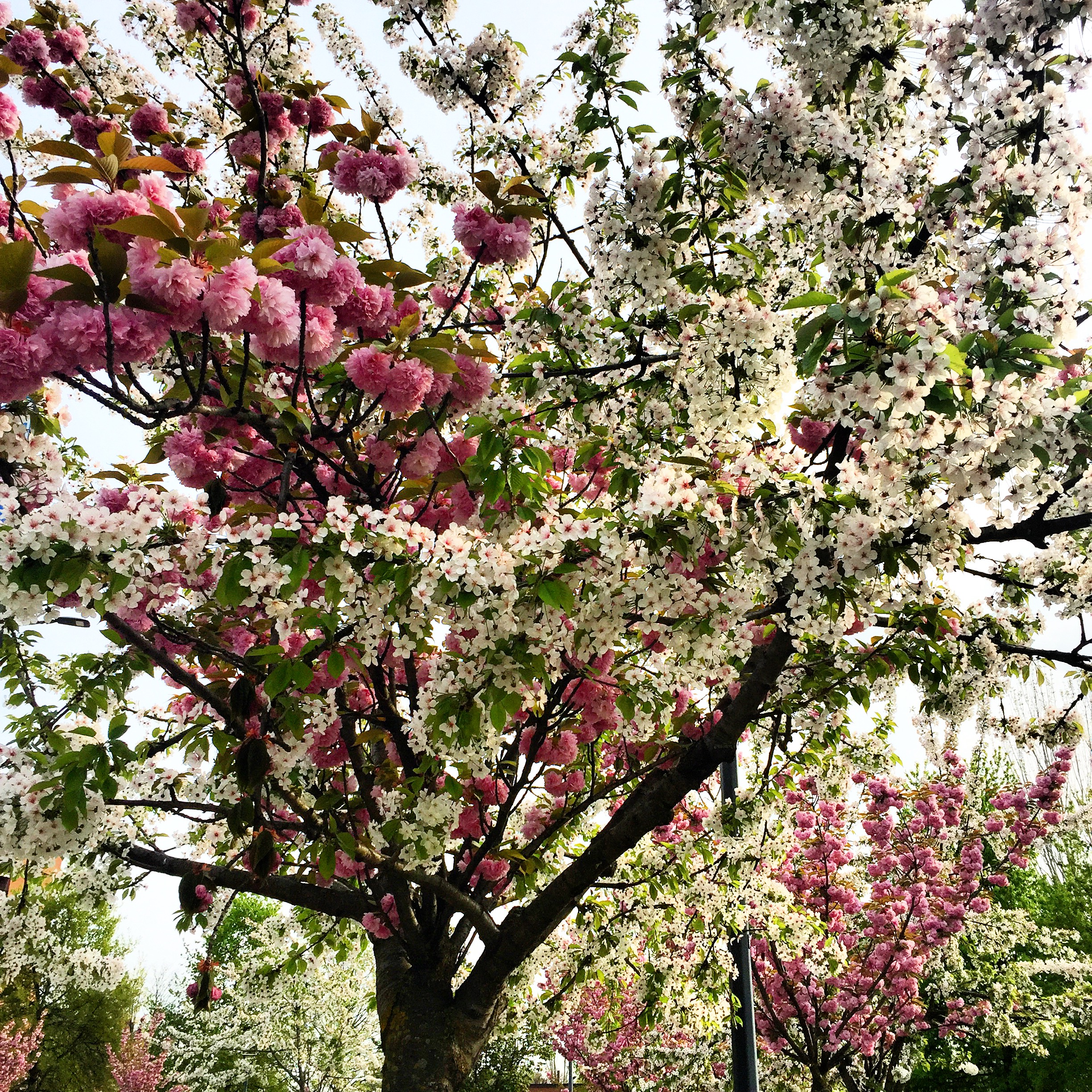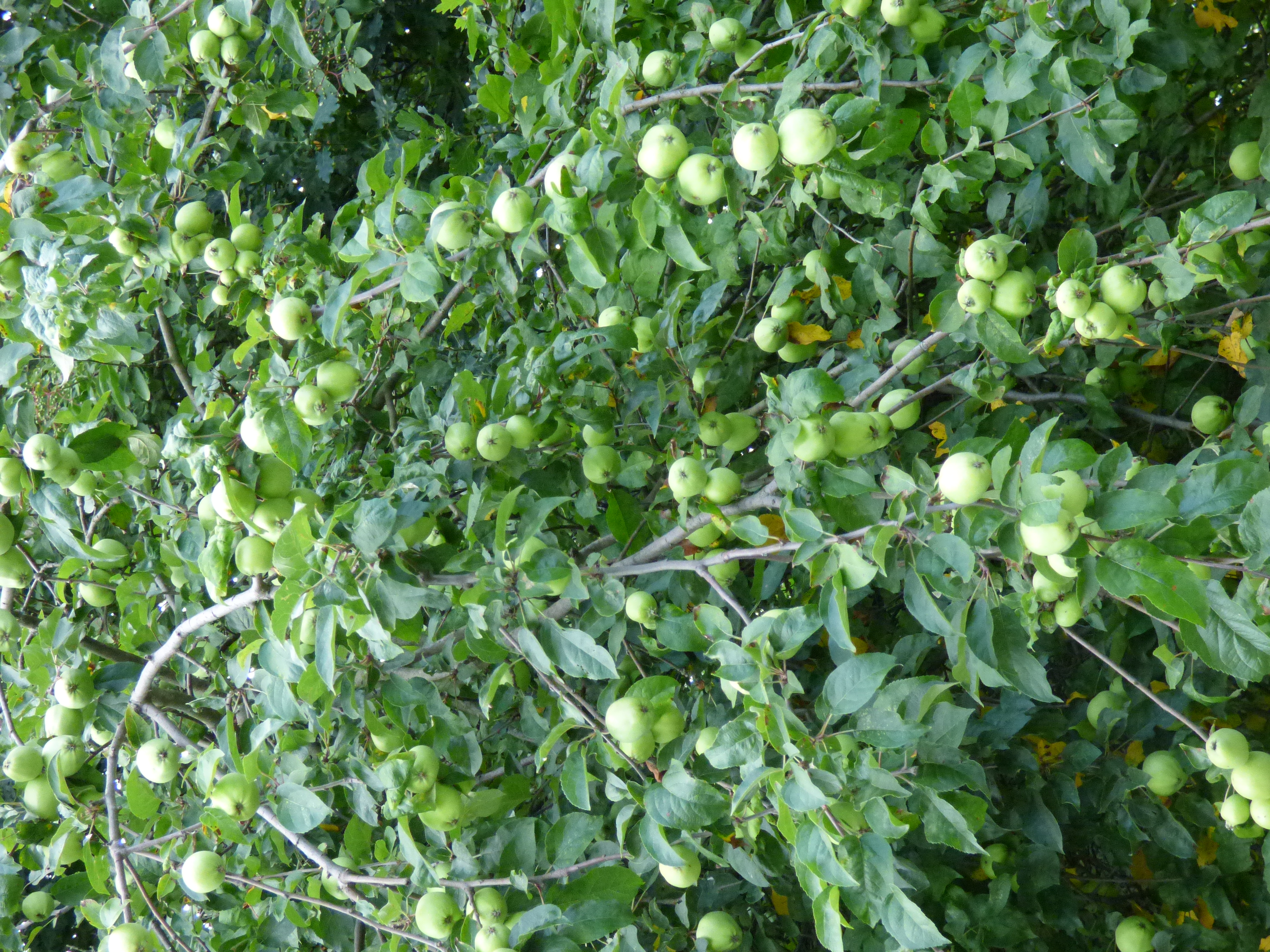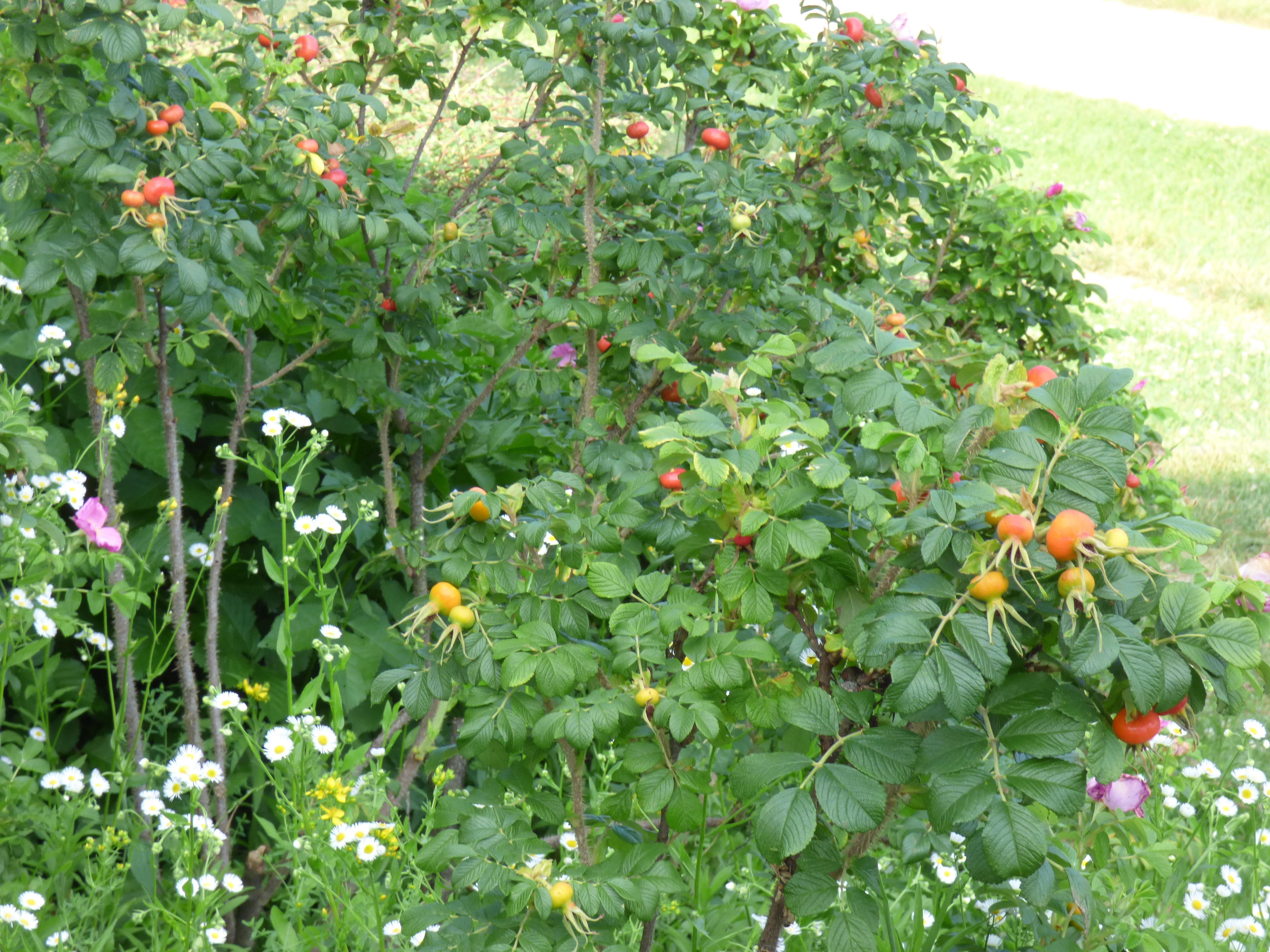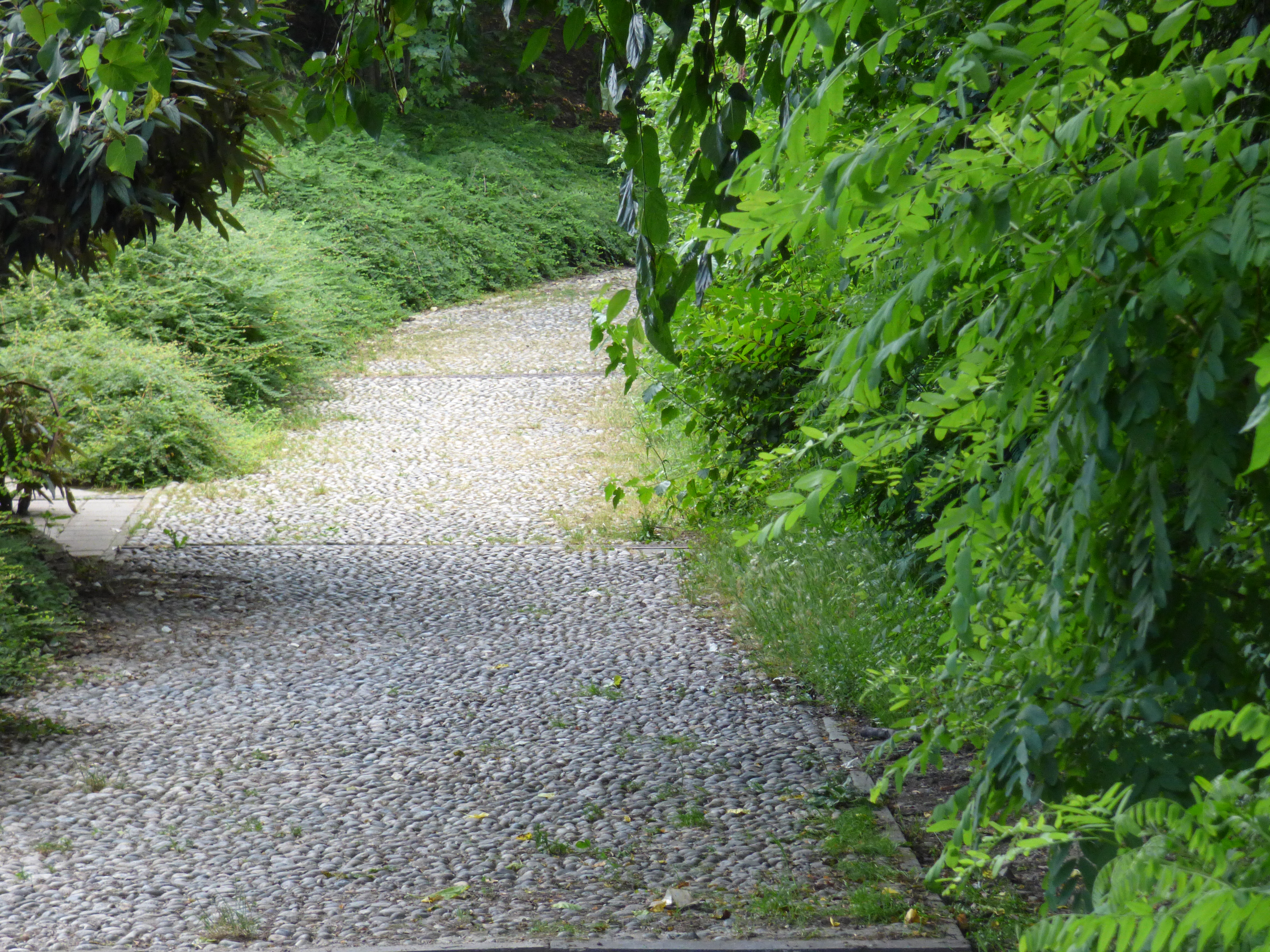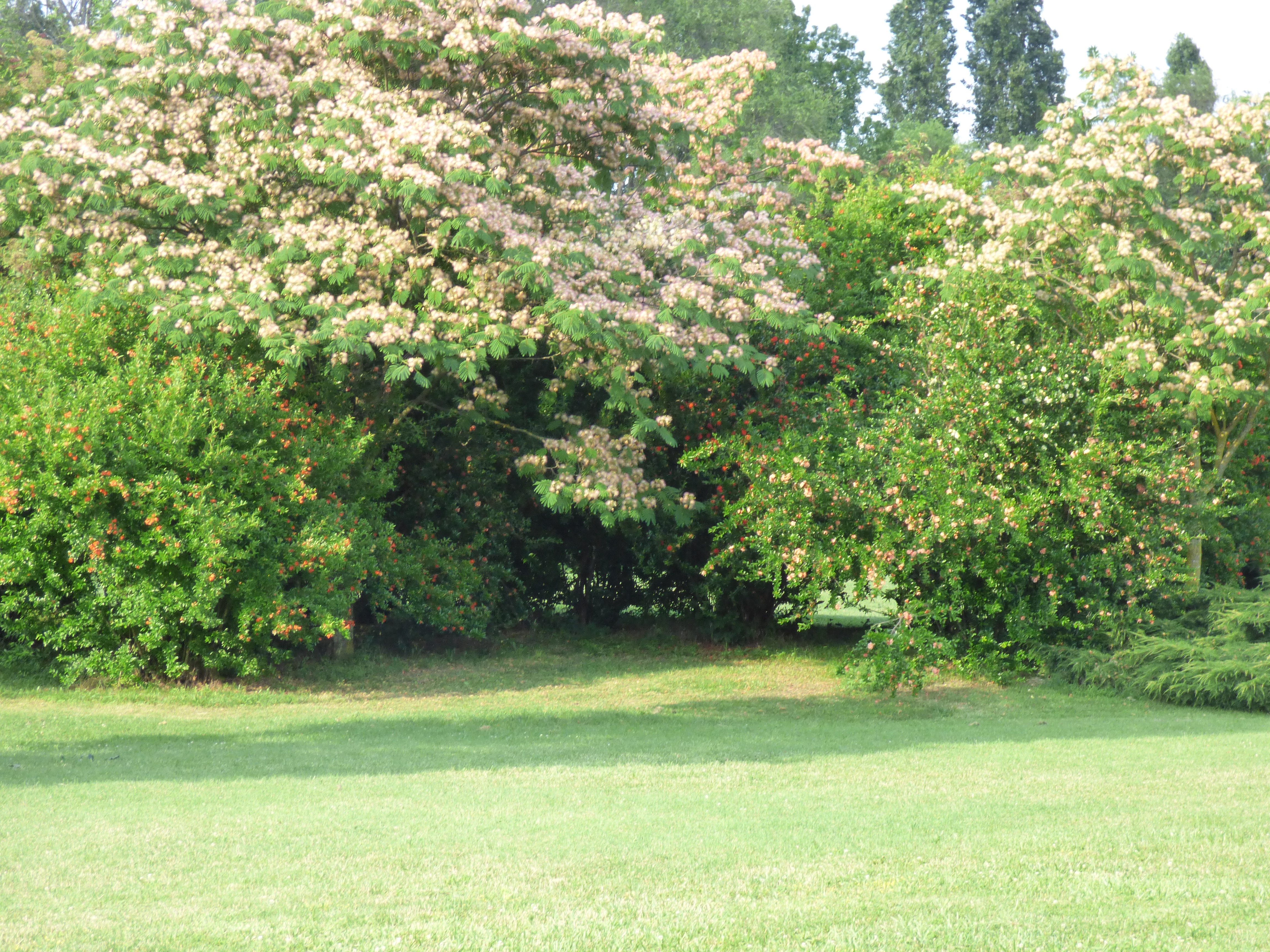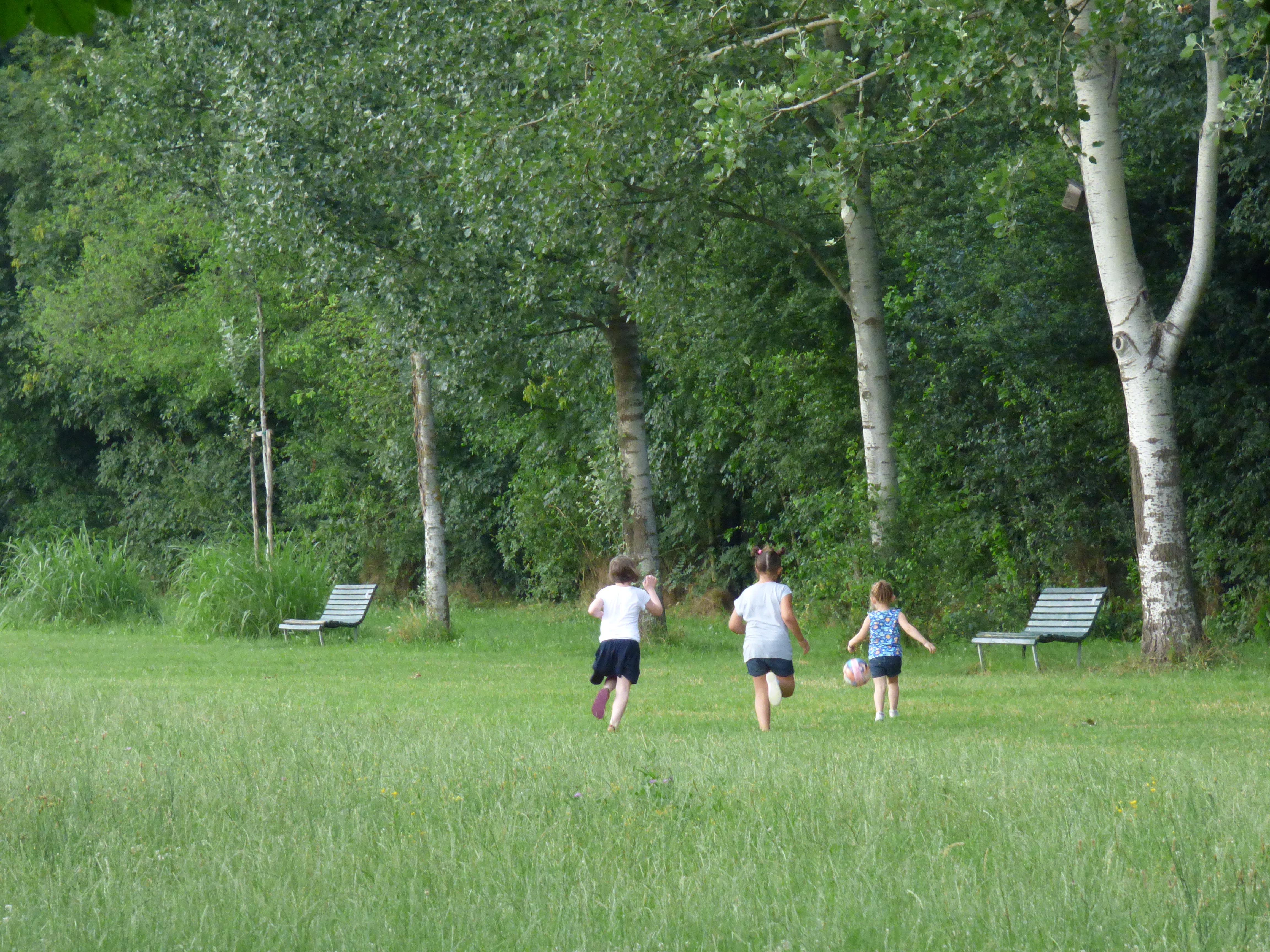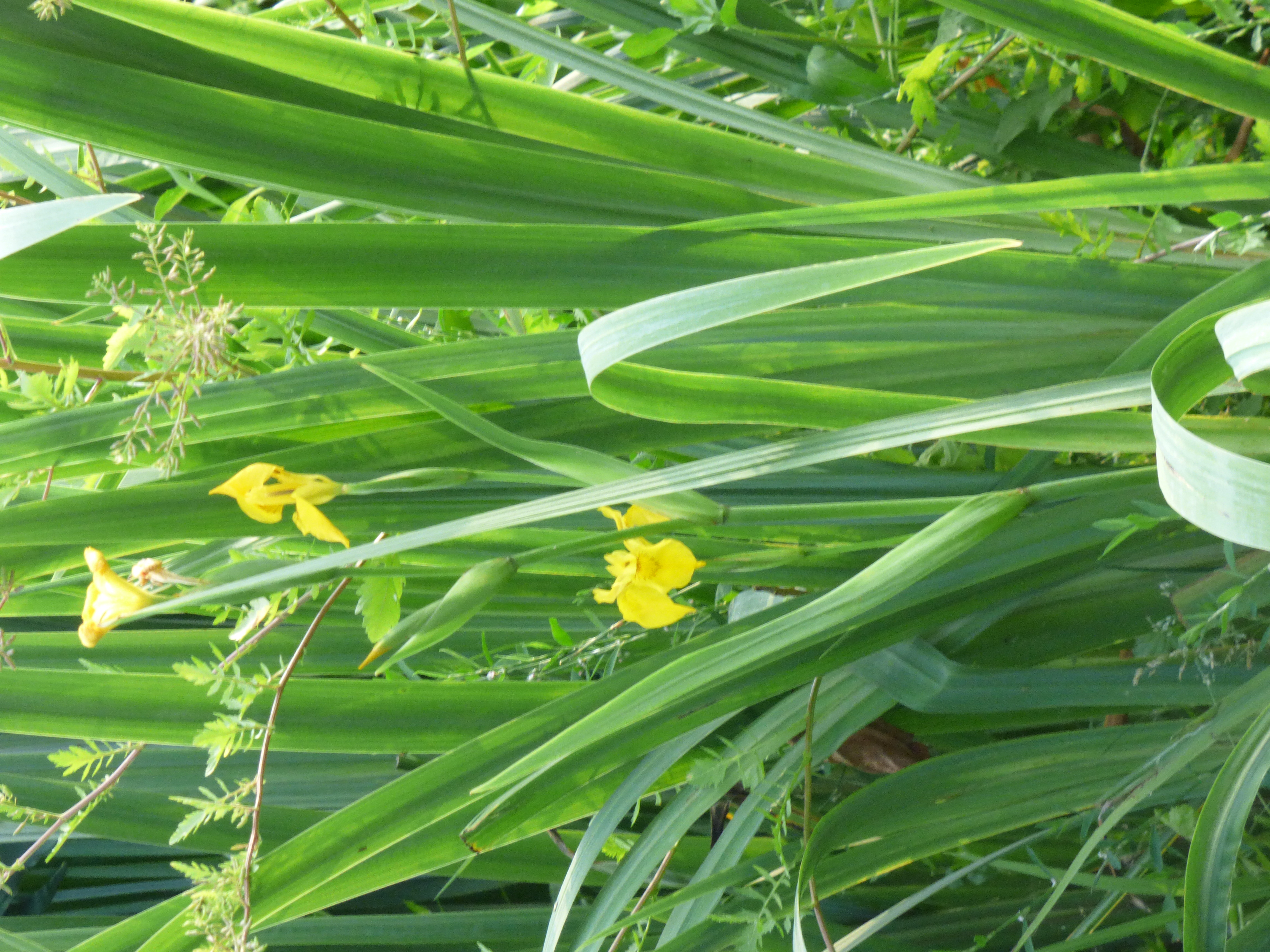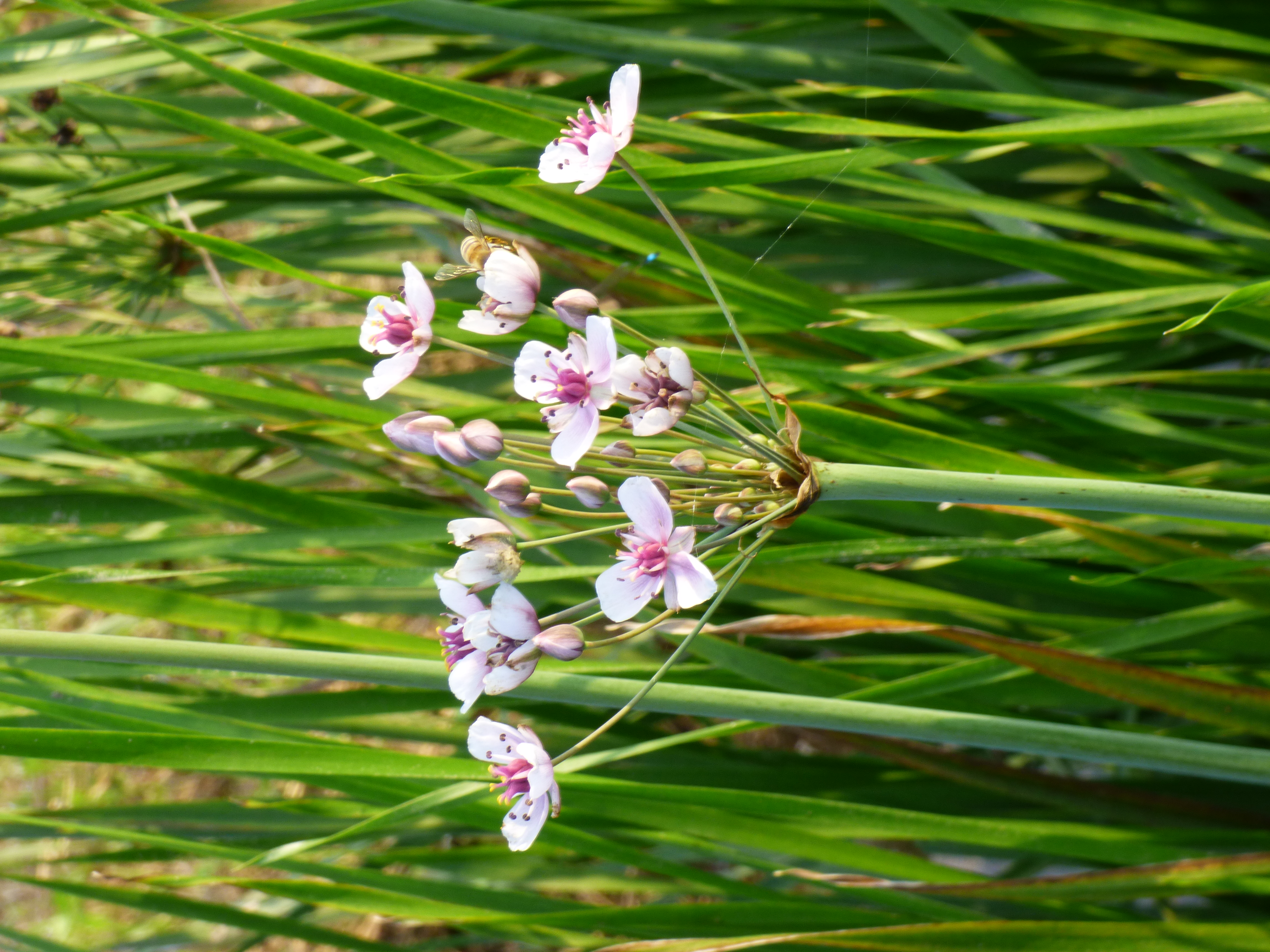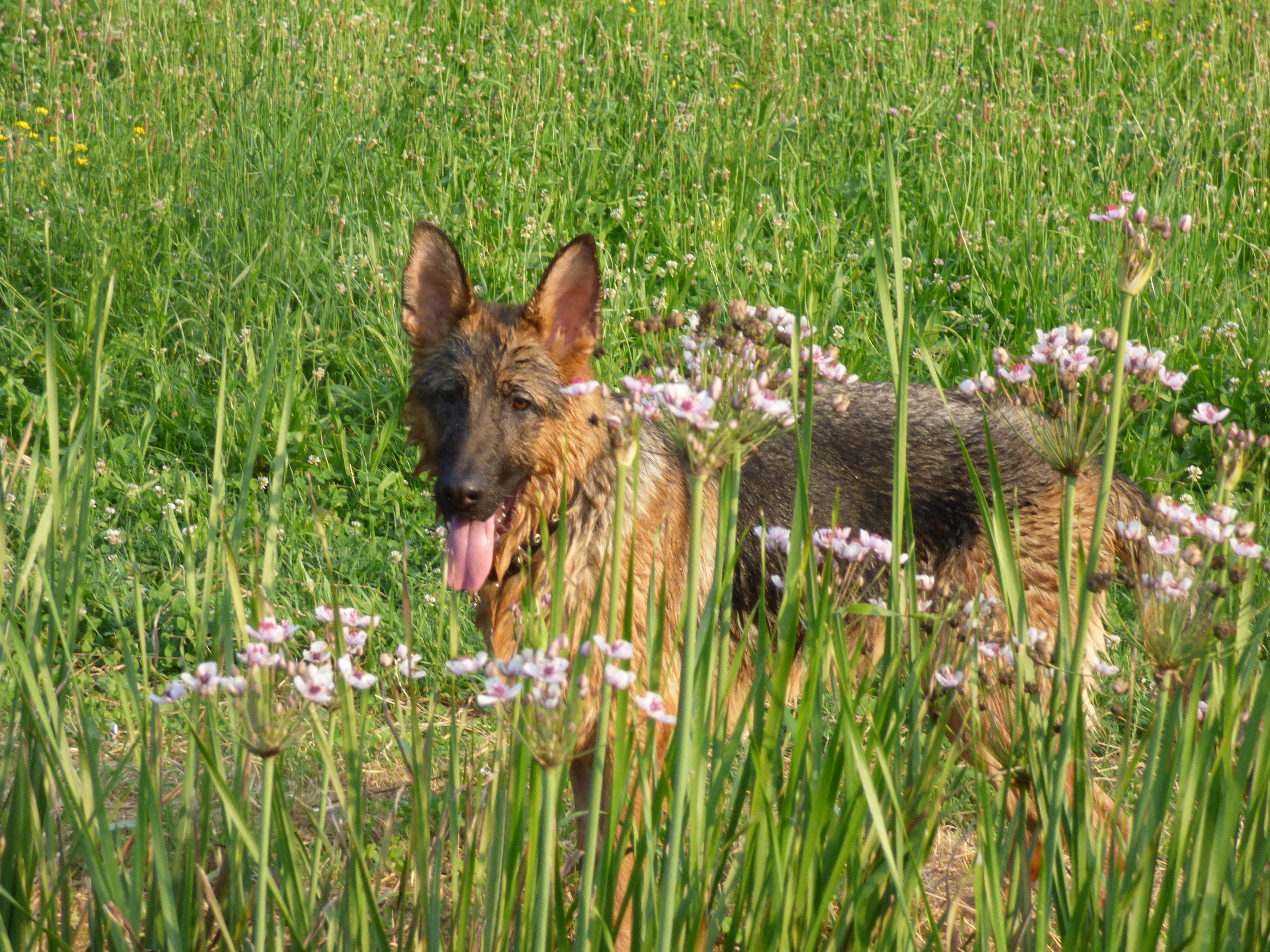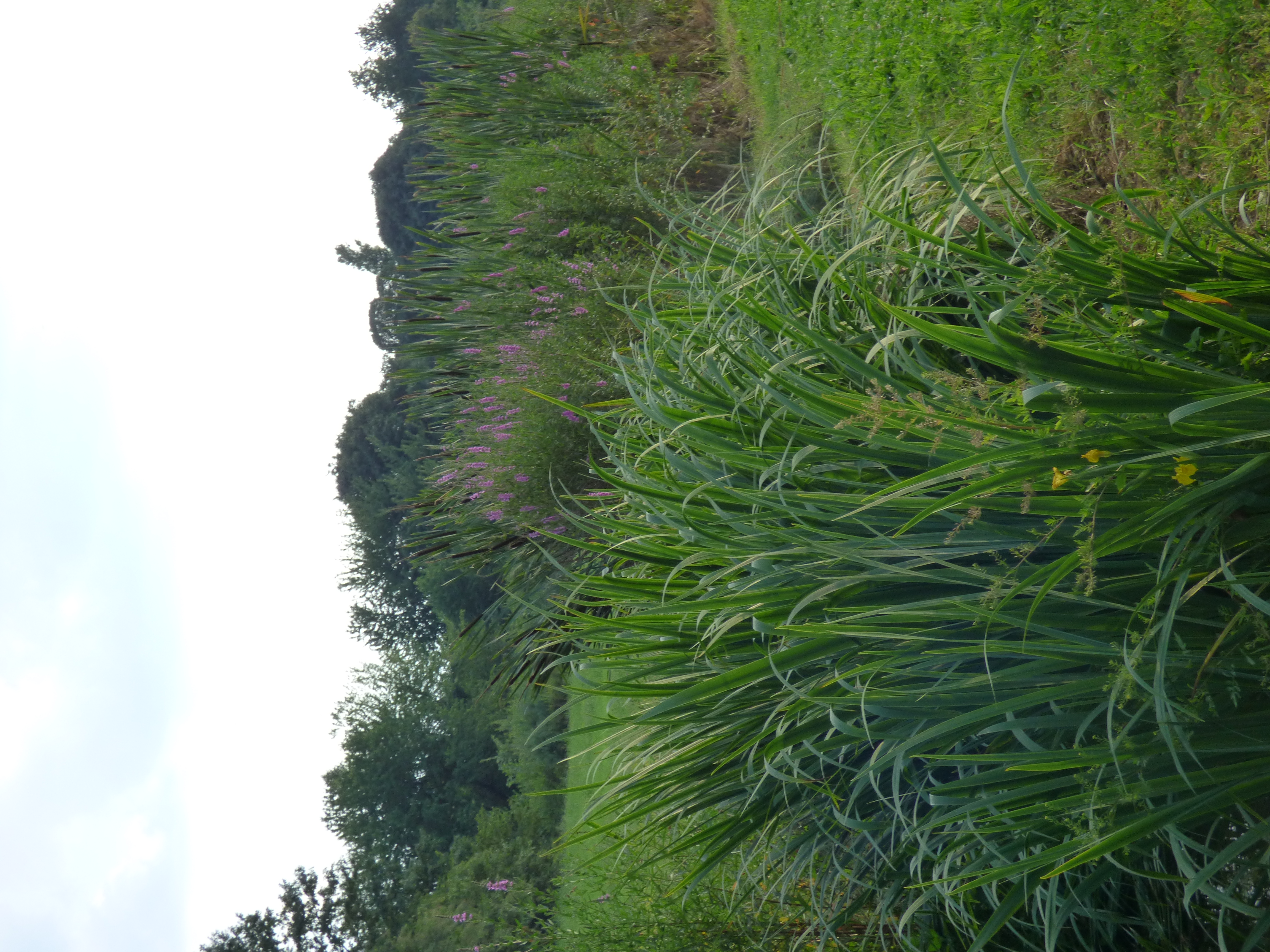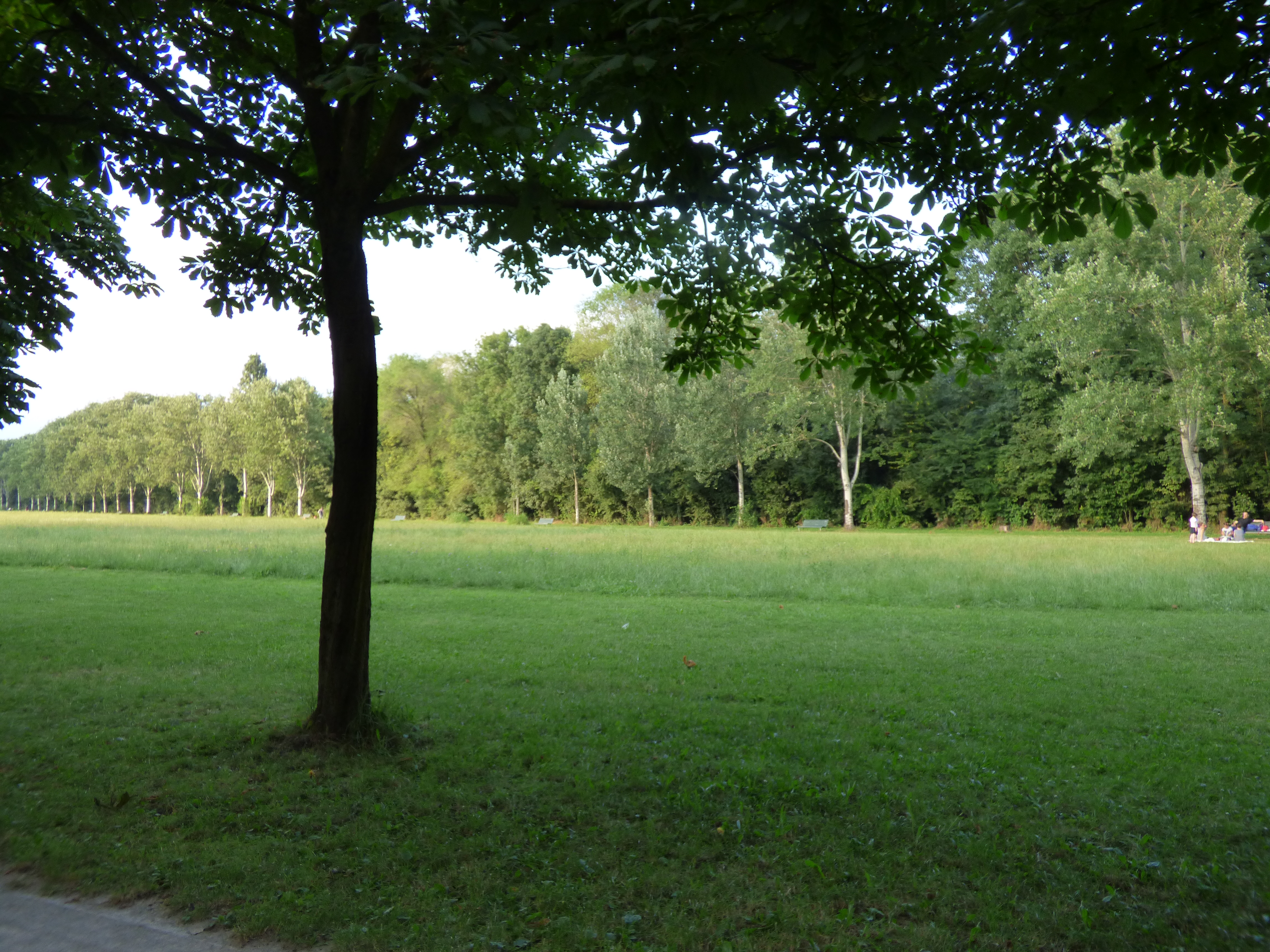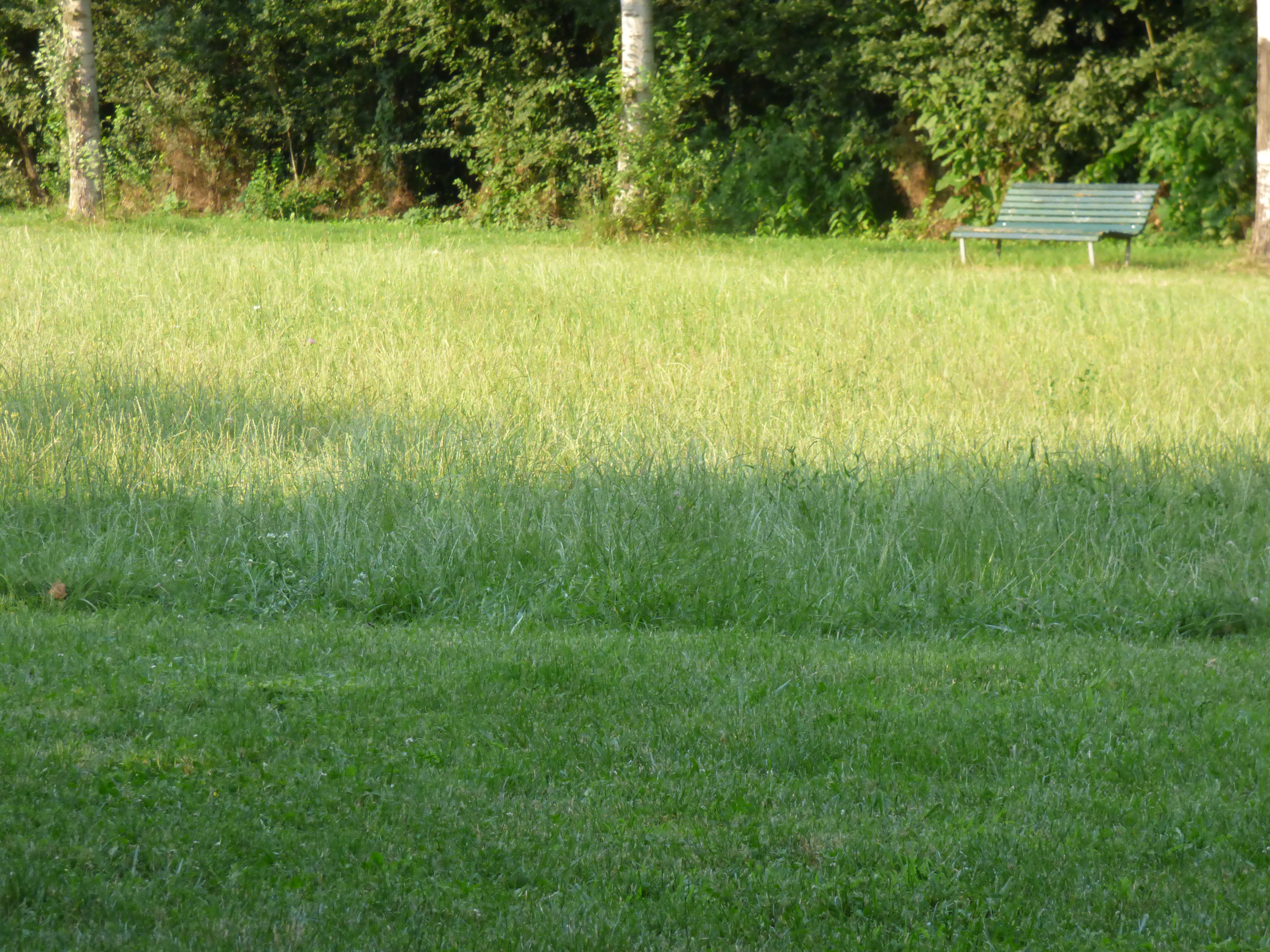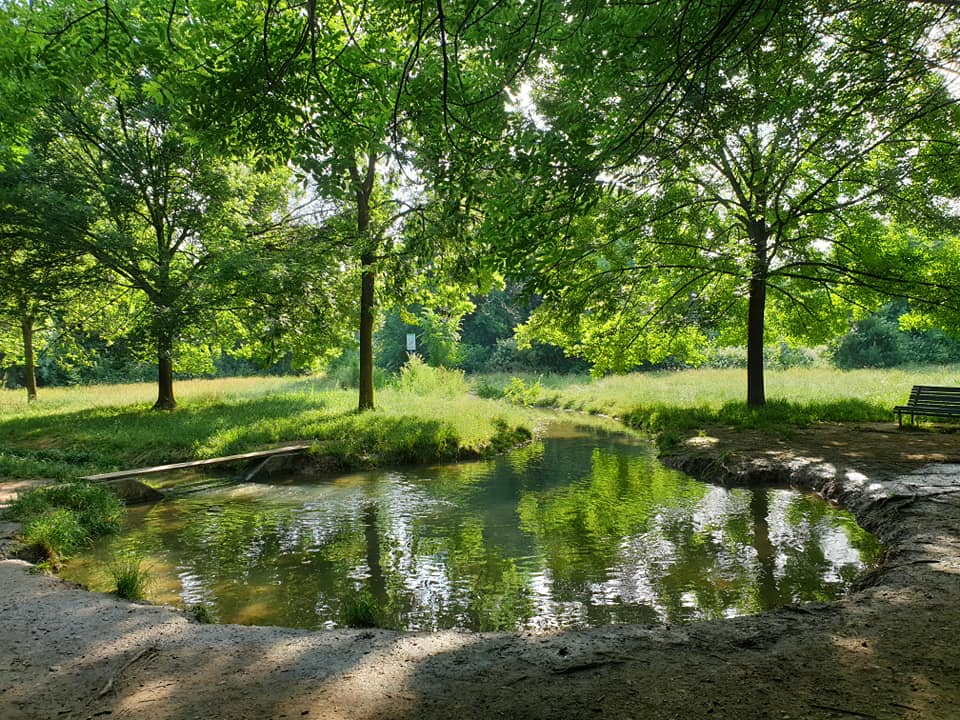
Parco Nord
This post is also available in:
 Italiano (Italian)
Italiano (Italian)
This park covers 1.562 acres among the northern districts, on the very former Breda Aeronautica production plants. It was originally built on these abandoned areas, immediately after the Second World War. It was designed in the late 1960s, and in 1970 it was officially acknowledged as a “park of public interest”. Only in 1975, though, it was recognized by the Lombardy Region as one of its parks. The first reforestation started in 1983 and was carried out thanks to the Regional Forestry Company of Lombardy, under the guidance of the agronomist Paolo Lassini.
Today, the management of Parco Nord is entrusted to a consortium consisting of the six municipalities located around this area, and the Province of Milan.
FEATURES
The park was created within one of the most densely urbanized areas in Europe. It includes some historic factories (almost completely disappeared after de-industrialization), and large residential areas that, over time, have linked the northern suburbs to the hinterland, without any comprehensive design.
After 1983, some gardens for the elders, cycle and pedestrian lanes, children’s playgrounds, sports facilities, as well as ponds and small lakes were built inside this park.
Today, Parco Nord Milano offers over 1.063 acres of green space, offering wooded areas, clearings, rows, shrubs, hedges, and small bodies of water.
Inside the park, there is also the Breda Theater completed in 1994 at the foot of the Montagnetta hill – the result of the recovery of an abandoned industrial structure. There’s also the Monument to the deportee designed by the architect Belgioioso and dedicated to all the workers of the factories of Sesto San Giovanni arrested by the Nazis and deported to concentration camps.
Villa Manzoni with its park, Villa Torretta, an elegant abode of the XVI century – full of beautiful frescoes and now home to a conference center, are also worth mentioning.
The Breda Canal runs alongside the cycle lane that connects the Teatrino to the velodrome – adorned with Robinia pseudoacacia, locust trees, and a recently created small grove of water lilies and marsh iris.
The round fountain, found at a crossroads inside the park, houses aquatic plants on its central islet. Laghetti di Bresso, built in 2002, are populated by numerous species of animals and plants, and are connected through a newly built canal.
Last but not least, Laghetti Suzzani are two quaint bodies of water, built in 1992 and connected with a canal that can be crossed on a wooden bridge.
PLANTS
Thorough reforestation has constantly enriched the park since 1983. Today, on the restored areas there are more than 200.000 tall trees including ashes (Fraxinus spp), field elms (Ulmus carpinifolia), white birches (Betula pendula), maples (Acer campestre, Acer platanoides, Acer pseudoplatanus) , English oaks (Quercus robur), wild cherry trees (Prunus avium), and several shrub species like Crataegus monogyna, Rosa canina, Cornus sanguinea, and Sambucus nigra).
The Cascina Centro Parco houses a special space for exhibitions and events, as well as the Area Parchi documentation and reference material.
This post is also available in:
 Italiano (Italian)
Italiano (Italian)
Contatti
Viale Fulvio Testi, viale Enrico Fermi, via Giancarlo Clerici, 150 angolo Fulvio Testi - Sesto San Giovanni (MI)(MI)
02 2410161
